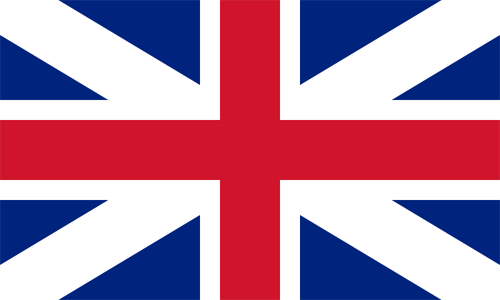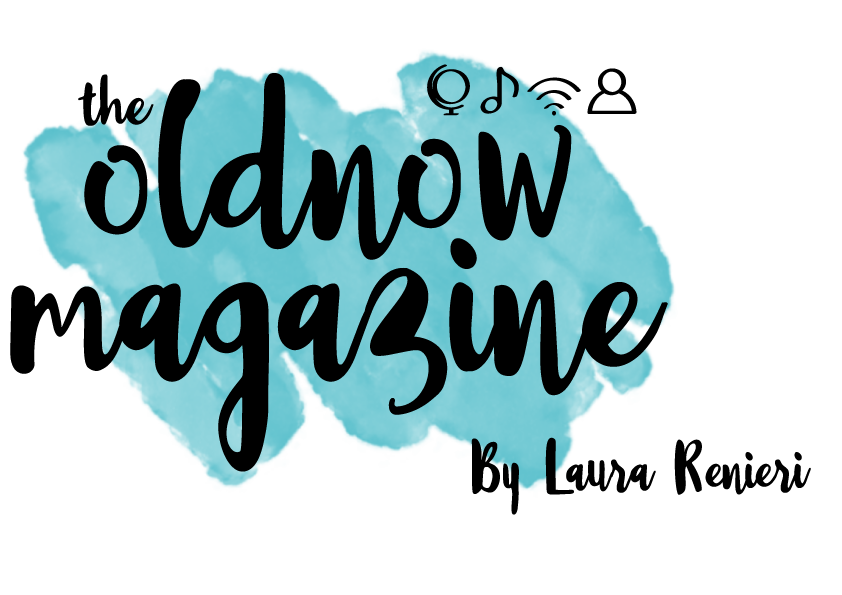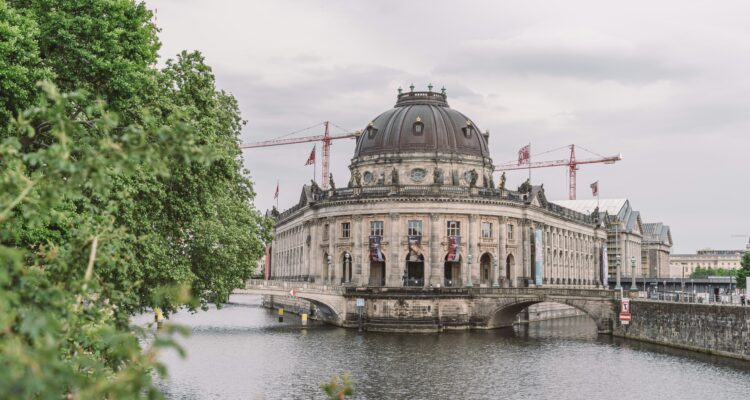Berlin is a city that never ceases to surprise me.
A place where deep-rooted history coexists with vibrant, never-predictable creativity — where every corner can turn into a discovery. During my journey through the German capital, I made it a point to explore the side of the city that tells its story through art, memory, architecture, and experimentation.
From iconic museums like those on Museum Island and the powerful Memorial to the Murdered Jews of Europe, to more contemporary and underground spaces like RAW-Gelände and the Urban Nation museum’s Projektraum, Berlin reveals itself as a true open-air museum.
And then there are the galleries — the ones that surprise you with a temporary exhibition you stumble upon by chance, a mural hidden in a courtyard, or an artwork tucked inside a former brewery. Places like the Kindl – Centre for Contemporary Art, the poetic Haus Schwarzenberg, or the famous East Side Gallery, a symbol of a city that turned a wound into visual language.
In this article, I’ll take you with me on a journey through classical, contemporary, and urban art — exploring the places that moved me most, from immersive installations and architectural sketches to hands-on history and visionary works that look toward the future.
.
Topography of Terror
Housed on the former site of the Gestapo and SS headquarters, the Topography of Terror is now an open-air museum that documents the crimes of Nazism. Next to the permanent exhibition stands one of the best-preserved sections of the Berlin Wall — a witness to how evil has been replaced with remembrance.
📍Topographie des Terrors, Niederkirchnerstraße 8, Berlin
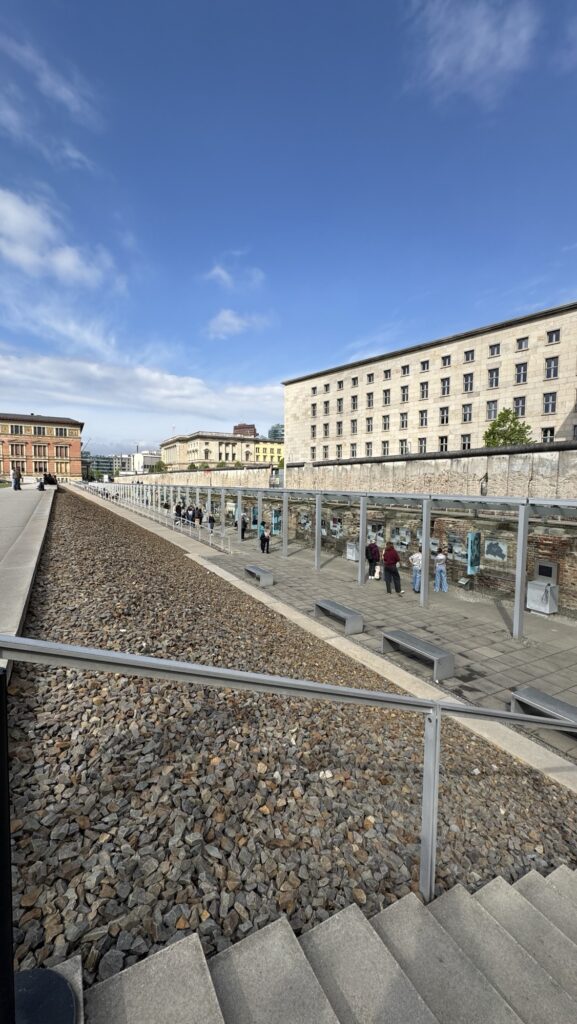


.
Berlin Story Bunker
Located inside a real World War II air-raid bunker, this museum plunges you into the depths of Berlin’s history. The multimedia exhibition traces the rise and fall of Nazism, with a specific focus on Hitler. Fun fact: it’s just a few steps away from the bunker where Hitler died — now turned into an unremarkable parking lot. This site is one of the rawest and most realistic places to truly grasp the city’s past.
📍Berlin Story Bunker, Schöneberger Str. 23A Berlin
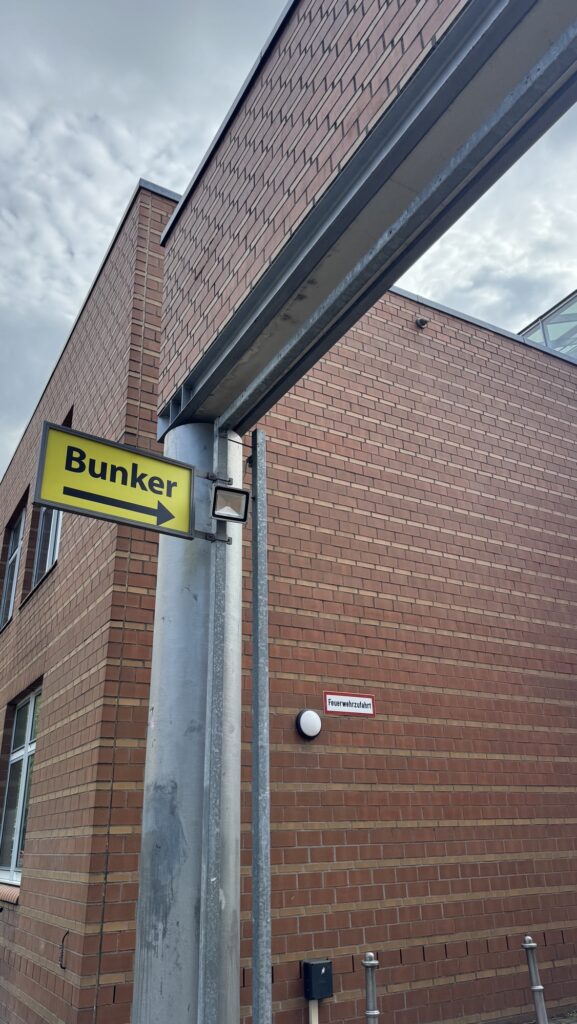
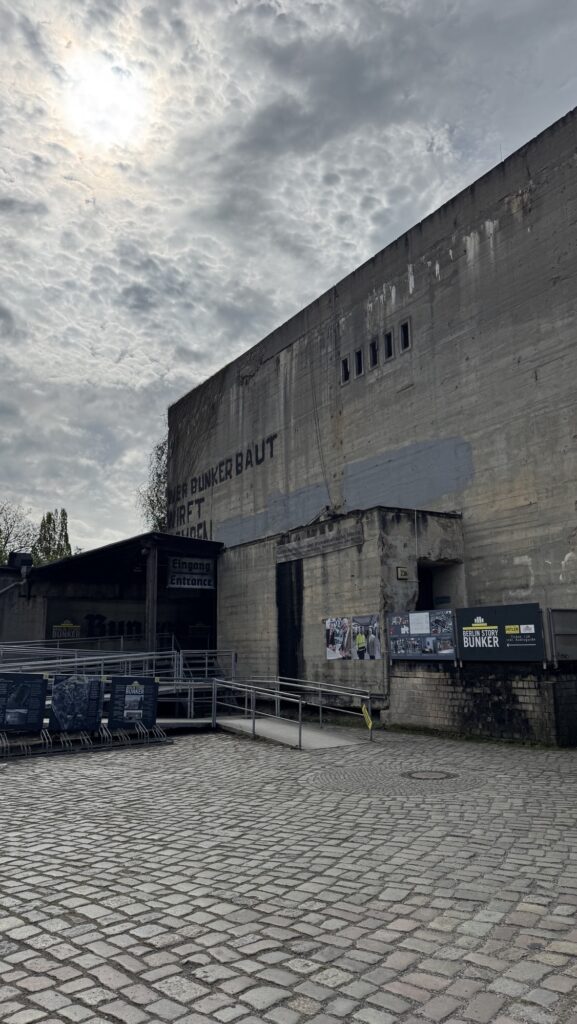
.
Projektraum des URBAN NATION Museums
The Projektraum is the experimental exhibition space of the renowned URBAN NATION Museum for Urban Contemporary Art, the world’s first museum entirely dedicated to street art and urban art.
Located in the heart of Schöneberg, this space is the beating heart of the project, where art is in constant dialogue with the city.
It’s not just an exhibition space, but a visionary project that blends art, community, and urban space. The idea behind Urban Nation is simple yet revolutionary: to bring art out of museums and into the city, making it accessible to everyone. Even before opening its doors in 2017, the project had already transformed entire neighborhoods with works by street artists from around the globe.
The museum is housed in a 1950s residential building that has been completely reimagined. Its exterior changes frequently thanks to large-scale installations and murals that rotate with the seasons. The interior is just as dynamic, with exhibitions that showcase the diversity and evolution of urban art — from graffiti to political muralism.
📍Urban Nation, Bülowstraße 7 Berlin
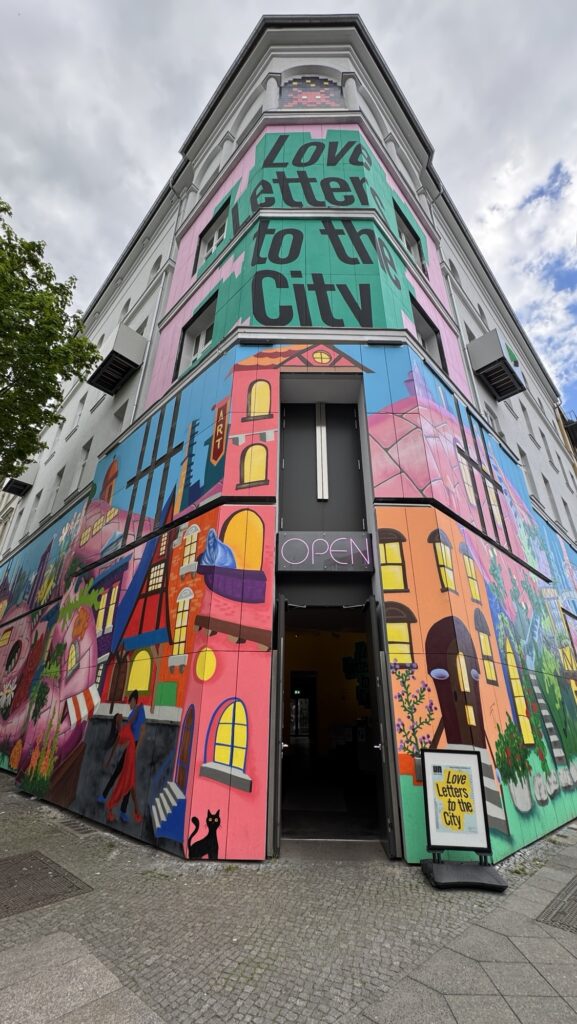

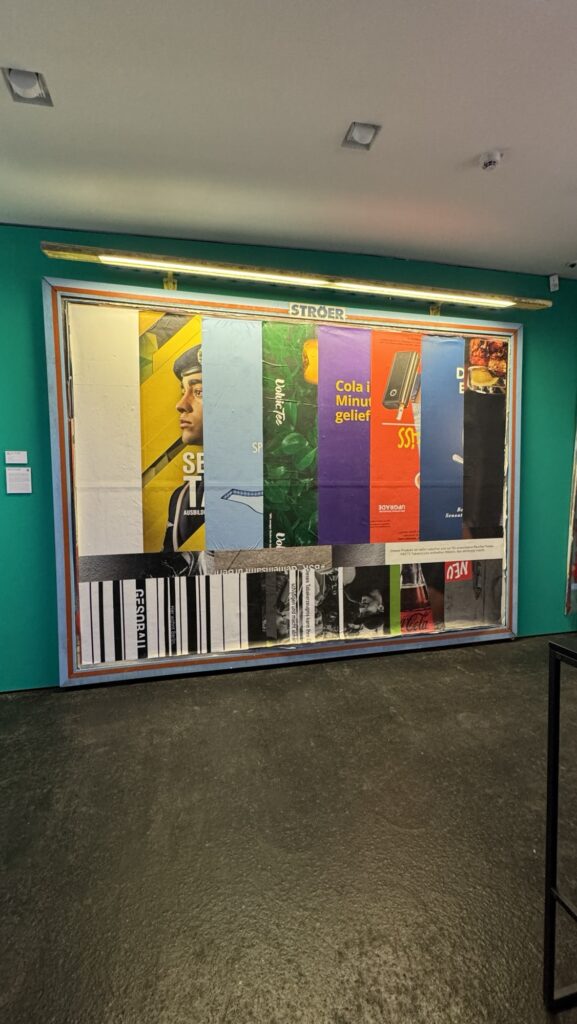
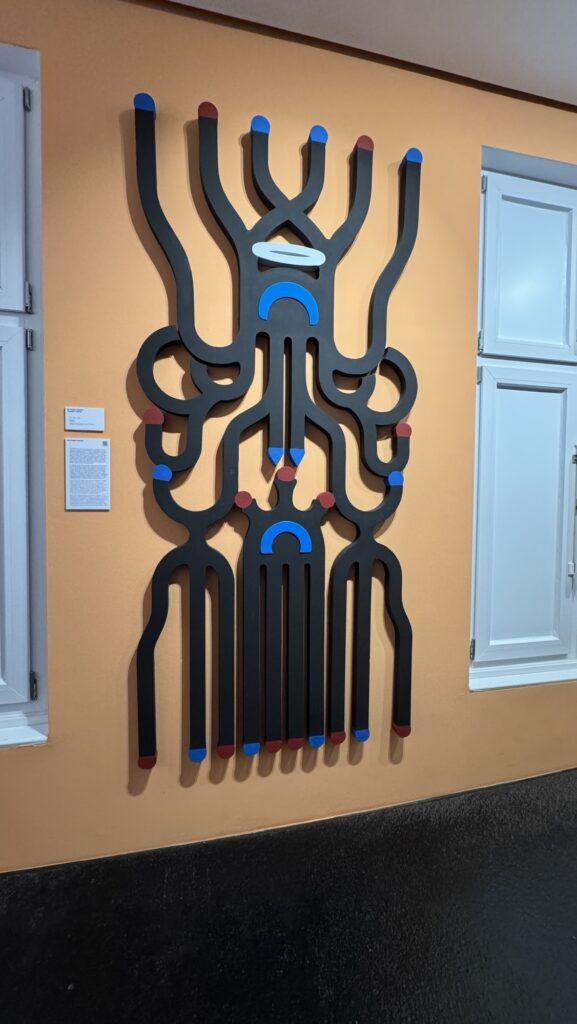
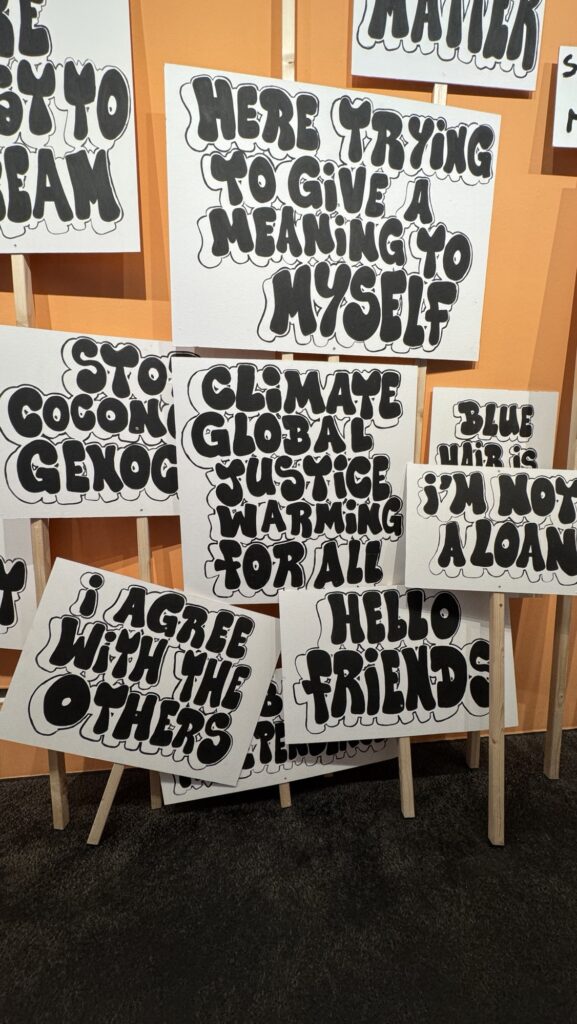
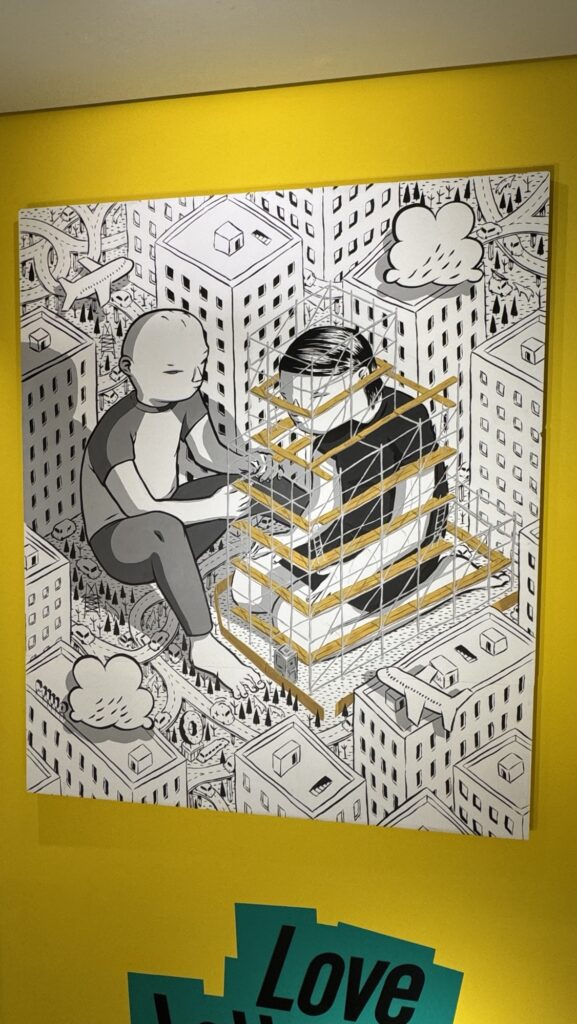
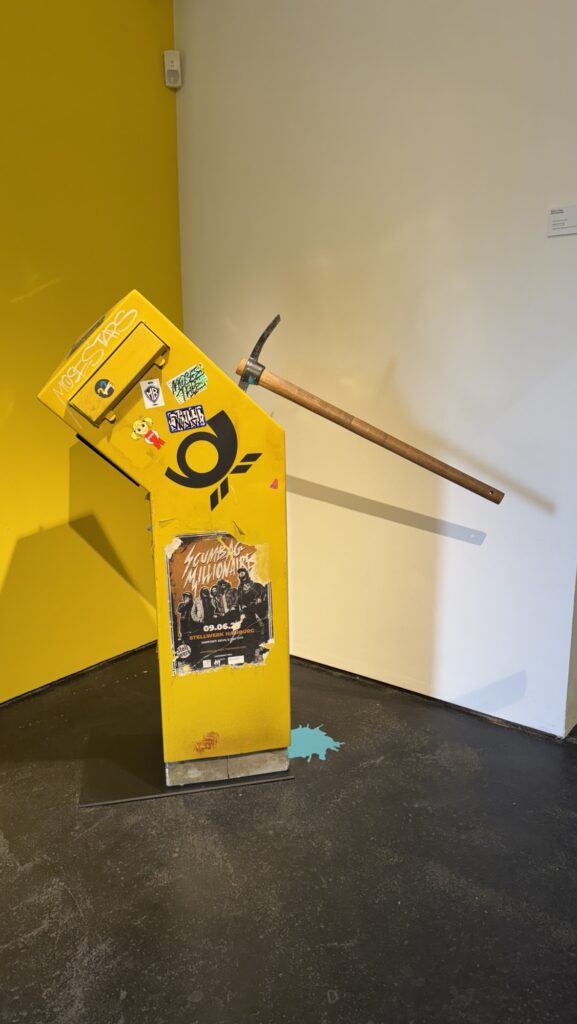
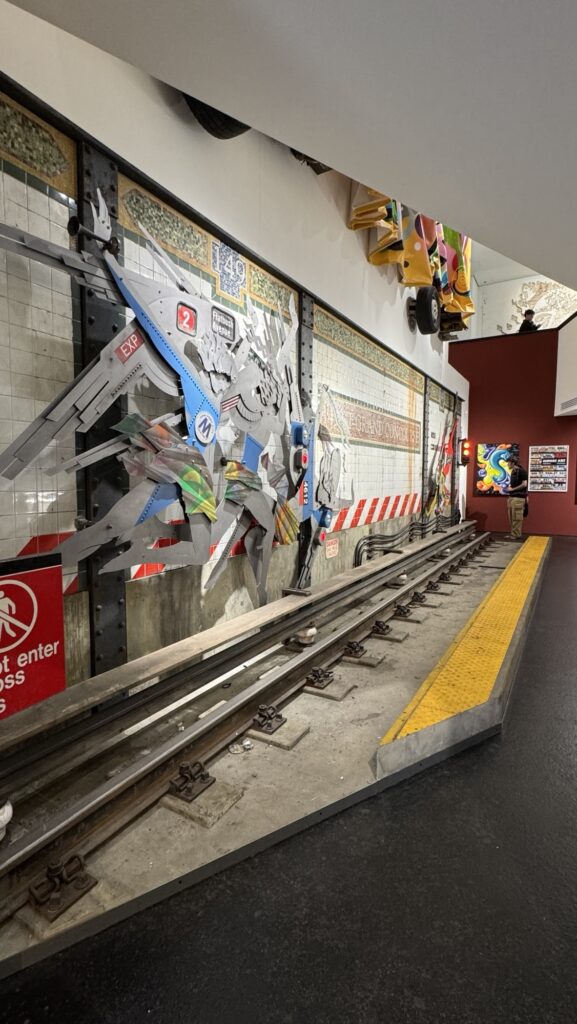
.
Futurium
Futurium is an innovative (and free!) museum located in the heart of Berlin, dedicated to visions of the future and the global challenges that lie ahead.
Opened in 2019, it’s a joint initiative by scientific institutions, businesses, and the German government, with the goal of fostering dialogue on science, research, and development.
Inside, you’ll find several distinct areas:
- Permanent Exhibition organized into three thematic zones — Humanity, Nature, and Technology.
- Futurium Lab, a 600 m² space where visitors can experiment with emerging technologies such as artificial intelligence and robotics, offering a hands-on and engaging experience.
- Skywalk, a panoramic rooftop terrace open to the public, offering striking views over Berlin’s skyline, from the Reichstag to the TV Tower.
The building itself is a model of sustainable design, featuring a glass-and-metal facade that reflects the sky and a roof equipped with solar panels and rainwater collection systems.
📍Futurium, Alexanderufer 2 Berlin
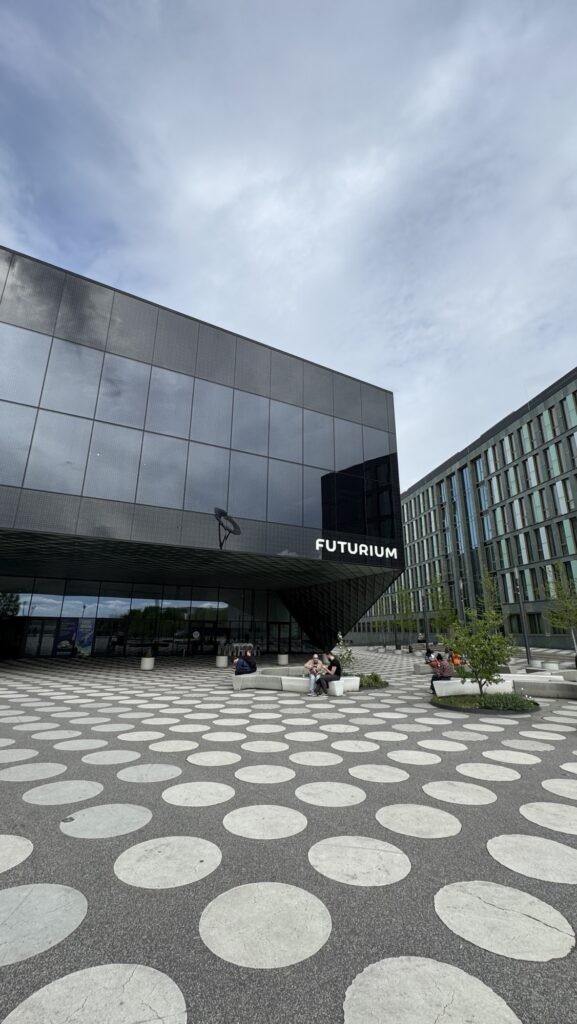
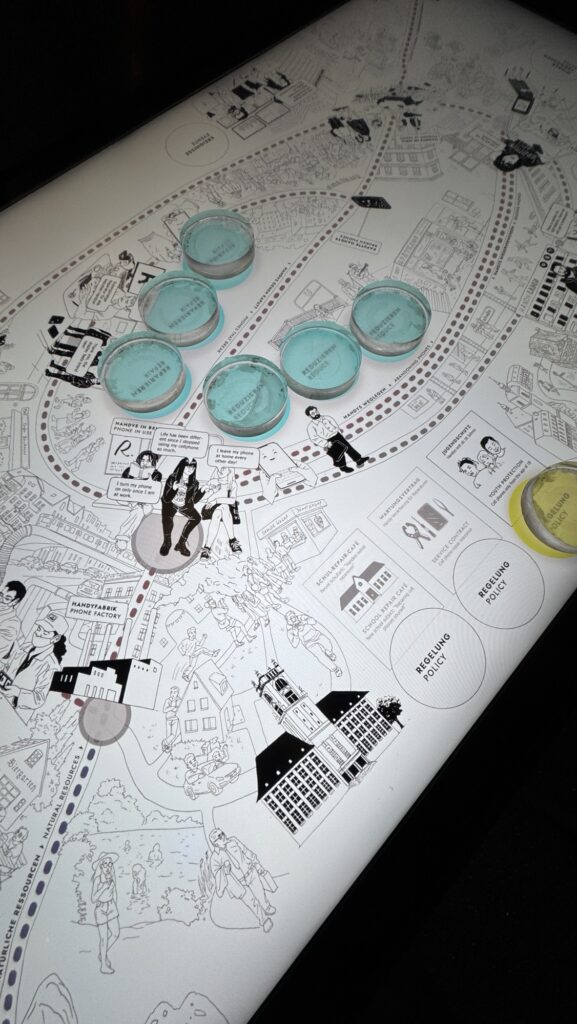
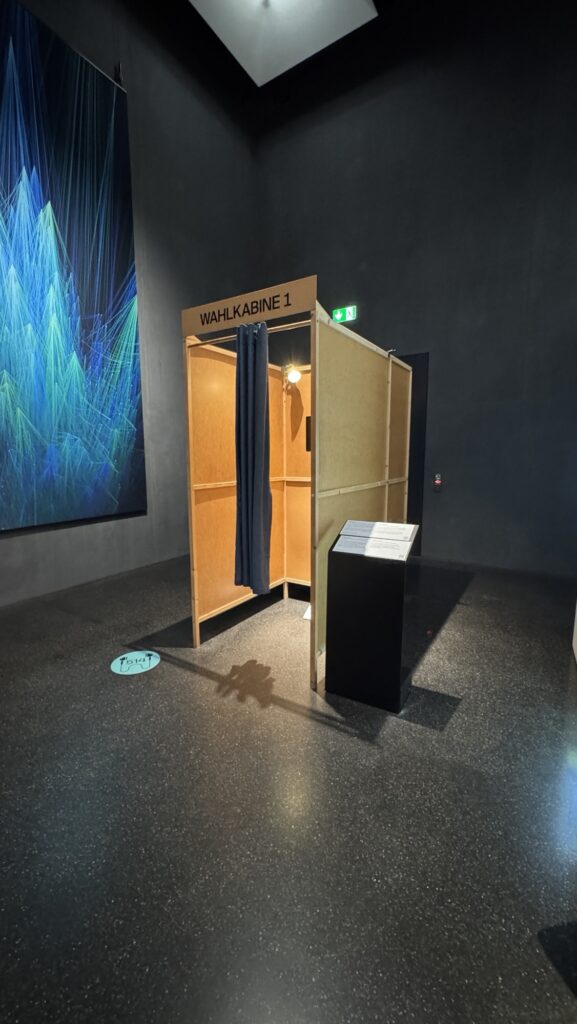
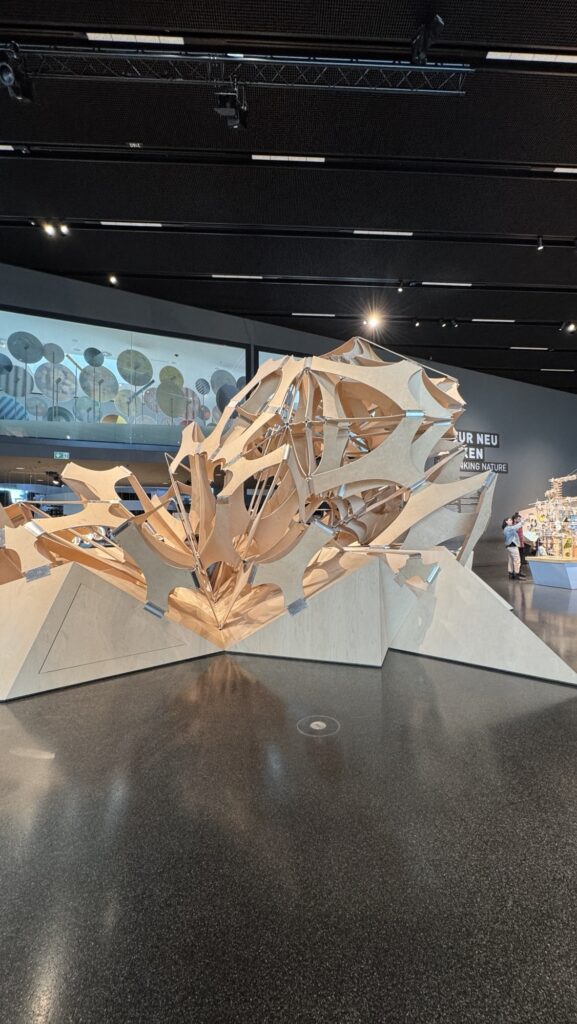
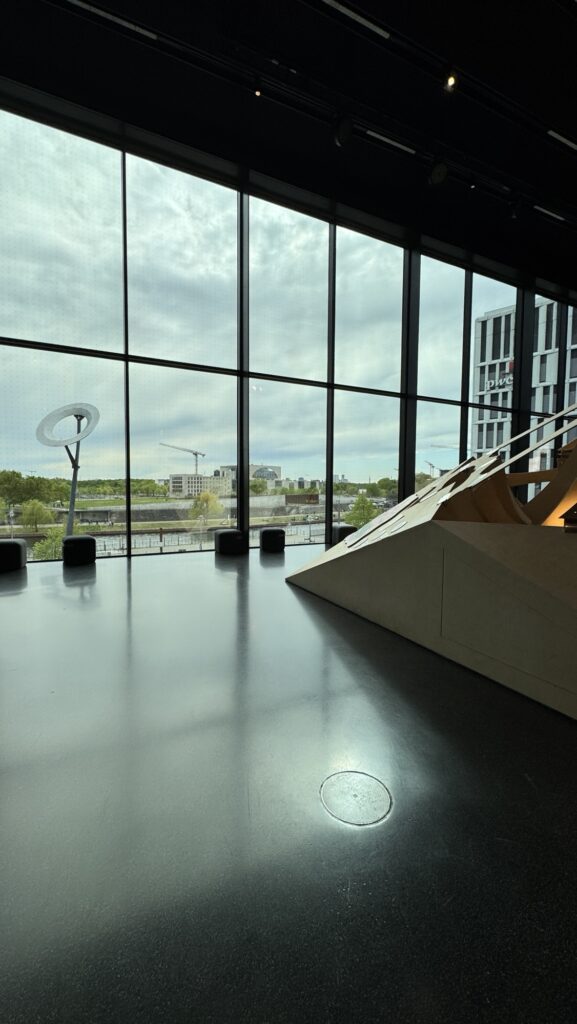
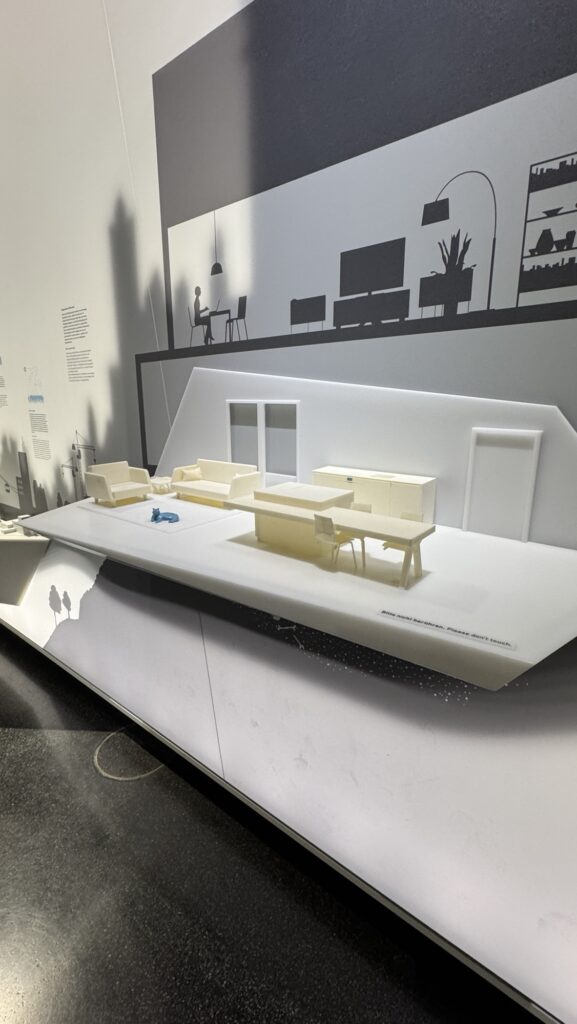
.
Memorial to the Murdered Jews of Europe
The Memorial to the Murdered Jews of Europe, also known as the Holocaust Memorial, is a commemorative monument located in the center of Berlin, dedicated to the approximately six million Jewish victims of the Nazi genocide.
Designed by architect Peter Eisenman and inaugurated in 2005, the memorial spans 19,000 square meters and features 2,711 concrete slabs (stelae) of varying heights, arranged in a grid across an undulating ground. This layout creates a disorienting and contemplative environment, symbolizing loss, absence, and the memory of the victims.
Beneath the field of stelae lies an underground information center, which presents documents, personal testimonies, and the names of approximately three million Holocaust victims, provided by Yad Vashem in Jerusalem.
📍Memorial to the Murdered Jews of Europe, Cora-Berliner-Straße 1 Berlin
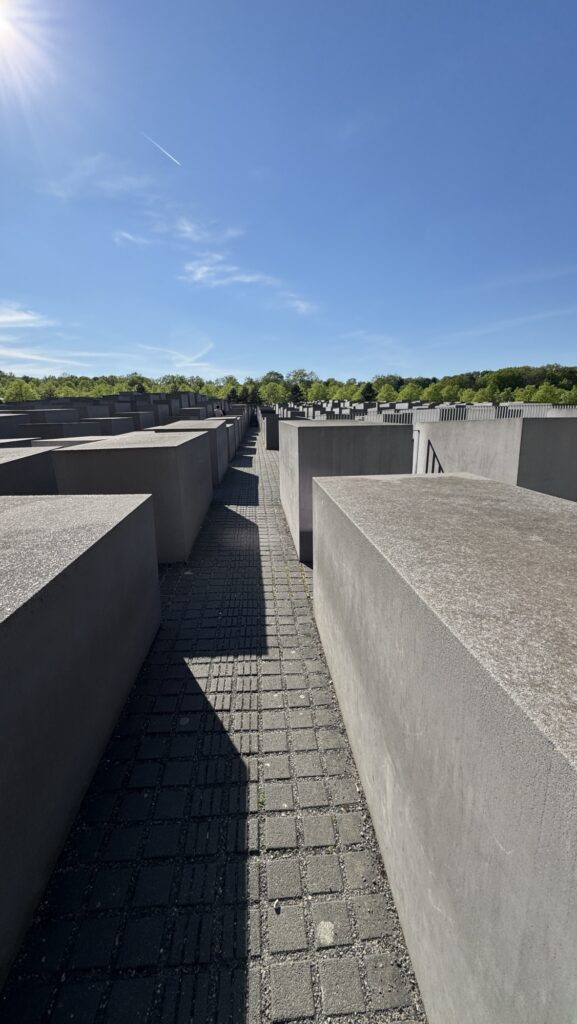
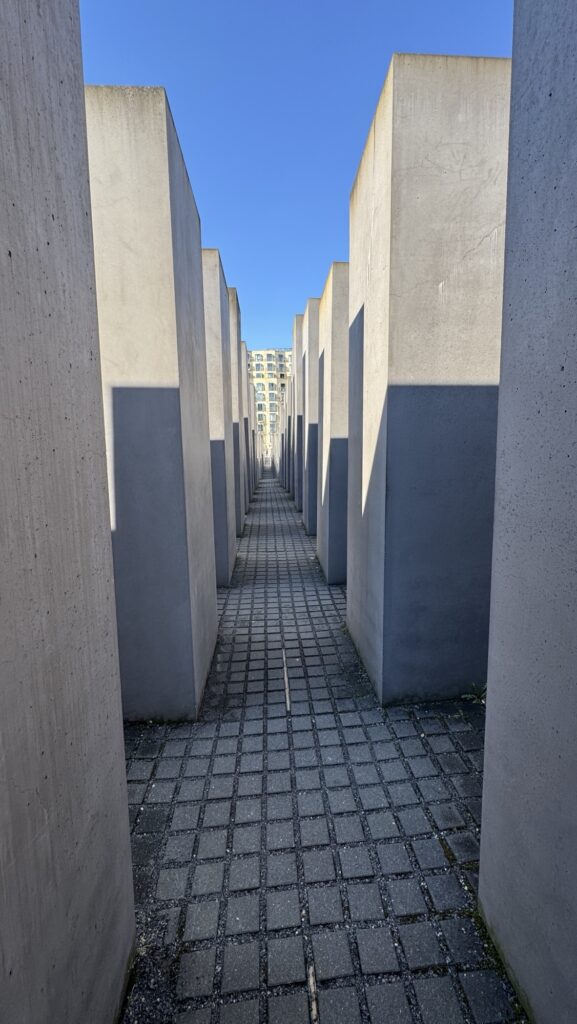
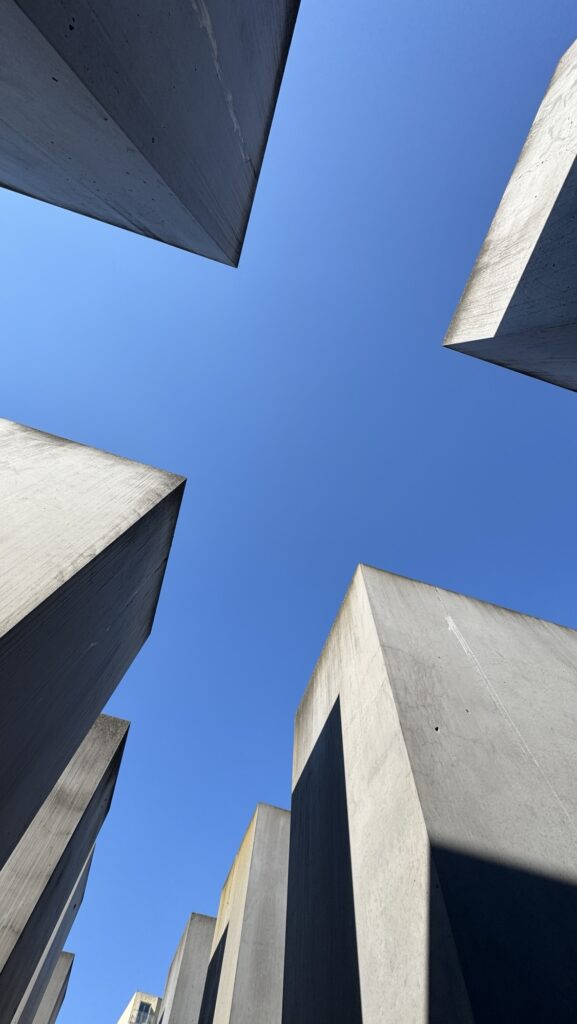
.
The Wall Museum
Located right next to the Oberbaum Bridge, The Wall Museum offers an interactive and multimedia journey through the history of the Berlin Wall — from its construction in 1961, through dramatic escape attempts, to its fall in 1989.
Among the most moving exhibits are original videos of the protests, personal belongings of escapees, and a reconstruction of the daily life experienced by those who lived in the shadow of the Wall. It’s one of the few museums where you can hear firsthand accounts from the people who lived through that era.
📍 The Wall Museum, Friedrichstraße 125 Berlin
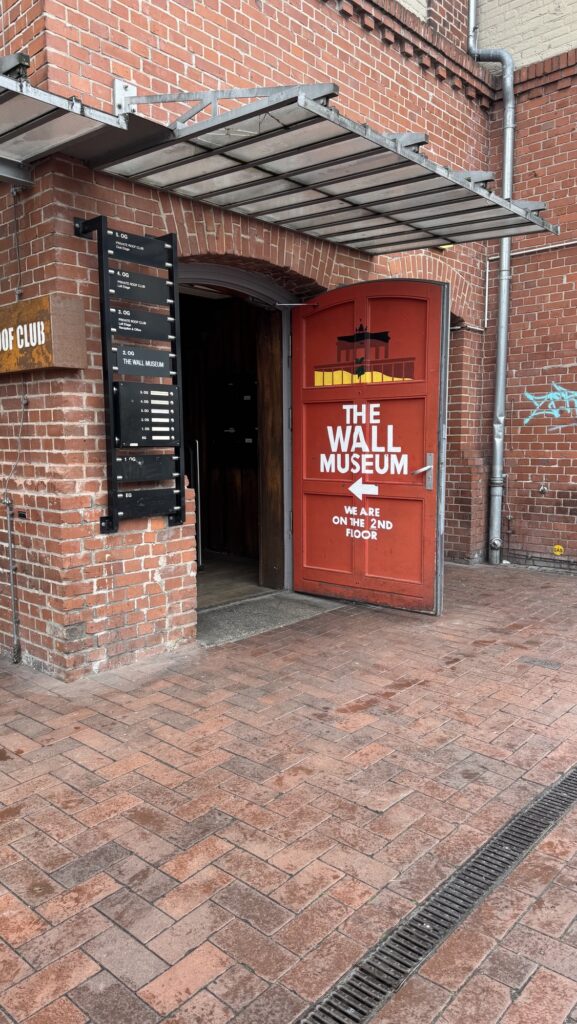

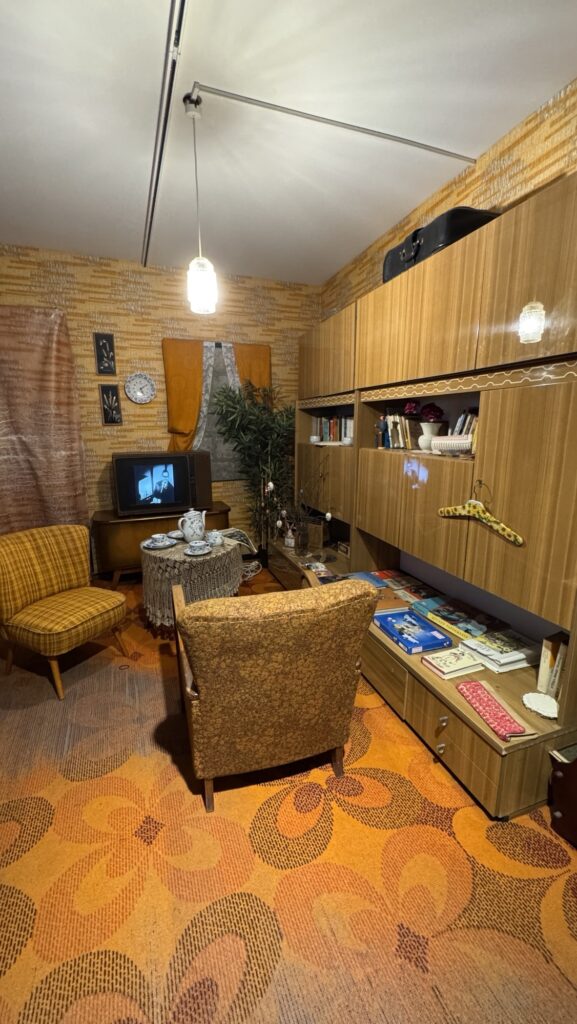
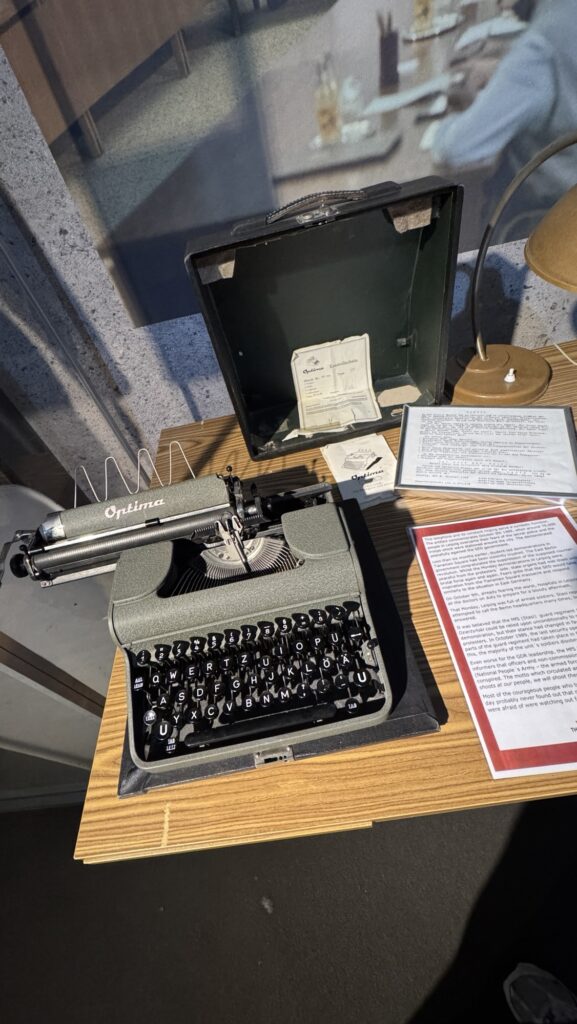
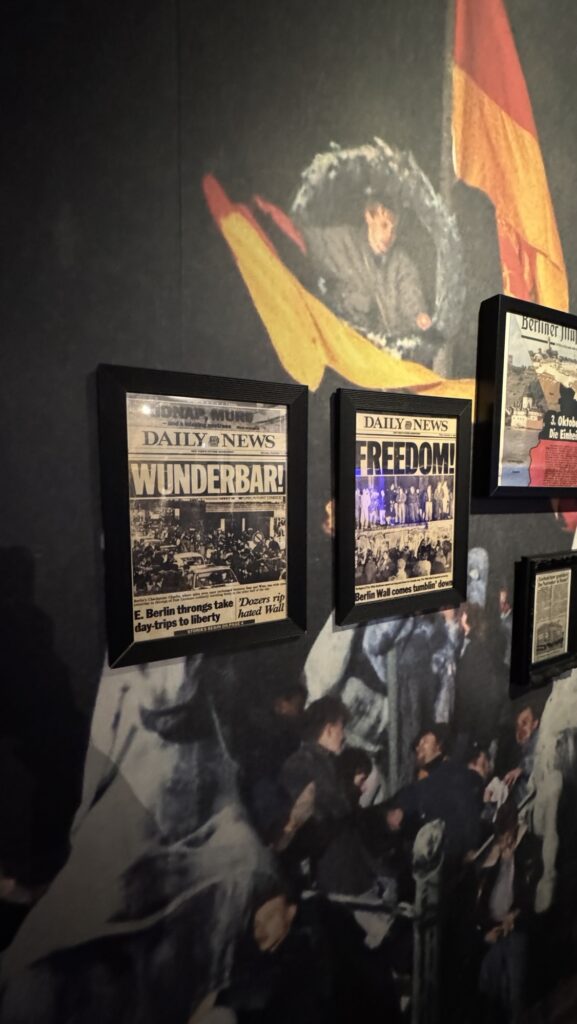
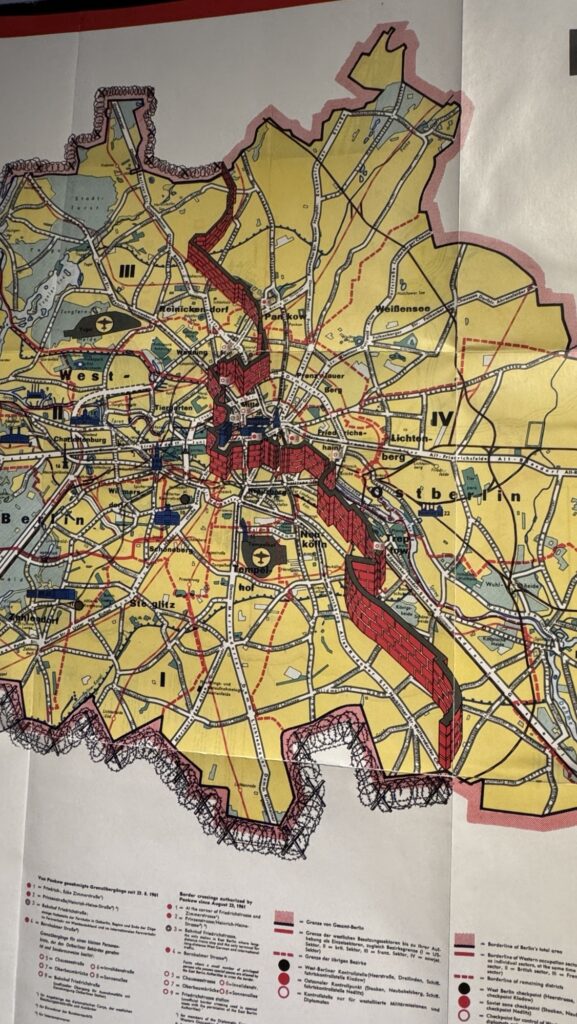
.
East Side Gallery
Once a symbol of division, today it’s one of Berlin’s most beloved landmarks. The East Side Gallery is the longest open-air art gallery in the world: 1.3 kilometers of original Berlin Wall painted by over 100 artists from around the globe shortly after the Wall fell in 1989.
One of the most iconic murals is the “Fraternal Kiss” between Leonid Brezhnev and Erich Honecker, inspired by a real photograph from 1979. The piece is titled “My God, Help Me to Survive This Deadly Love” and remains one of the most photographed symbols of the city.
Several of the murals have been restored multiple times, as over the years, spontaneous visitor interaction left signatures, messages, and thoughts — turning the collective artwork into something even more alive and ever-evolving.
Walking along the East Side Gallery is not just an artistic experience but an emotional one: each piece tells a story of hope, pain, and regained freedom, making it a must-visit for anyone who truly wants to understand the spirit of Berlin.
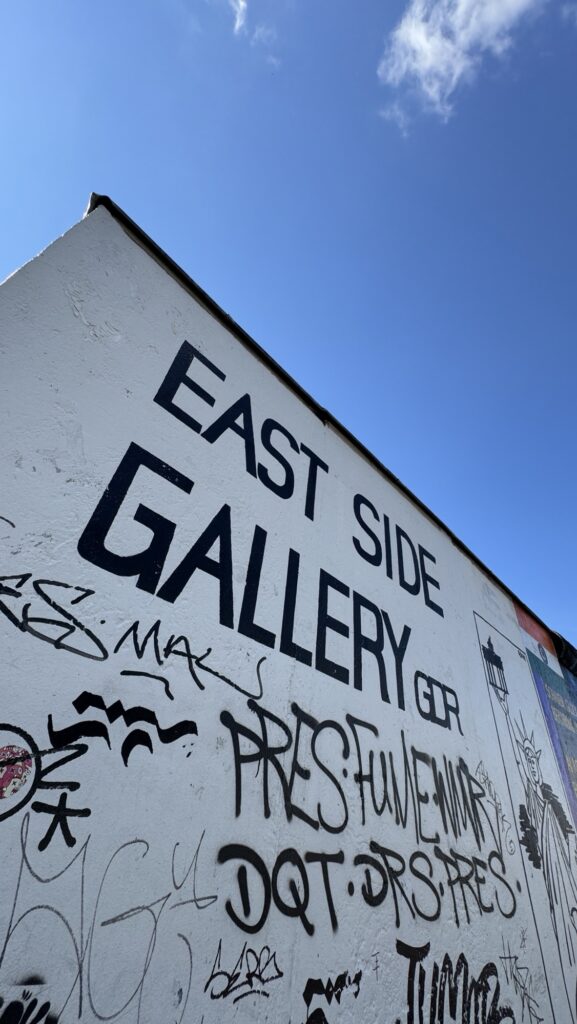
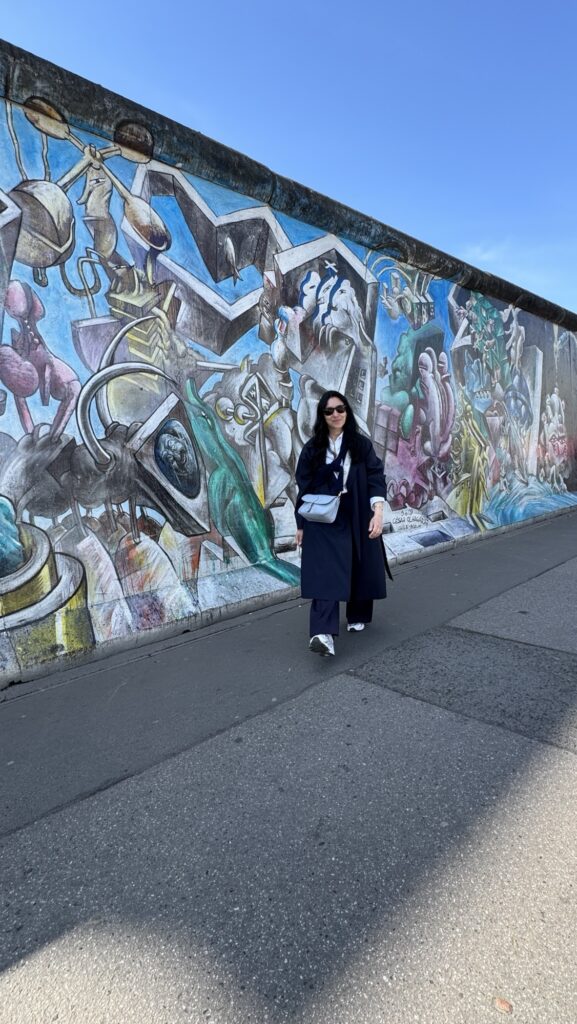
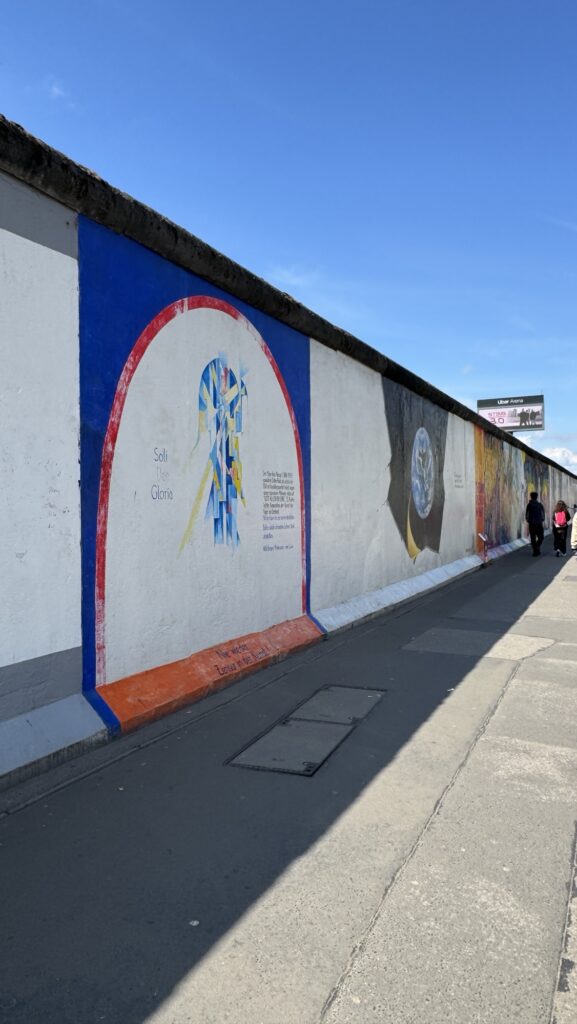
.
.
Kindl – Zentrum für zeitgenössische Kunst
The KINDL – Centre for Contemporary Art in Berlin is one of the most fascinating examples of industrial repurposing in Europe: a former brewery transformed into a vibrant hub for contemporary art, blending historical memory with artistic experimentation.
Located in the Neukölln district, the KINDL occupies the building of the former Kindl brewery, constructed between 1926 and 1930 by architects Hans Claus and Richard Schepke. This imposing expressionist-style complex, with its red brick façades and the iconic Kesselhaus tower, was a symbol of Berlin’s brewing industry for decades.
After the brewery shut down in 2005, the building was purchased in 2011 by Burkhard Varnholt and Salome Grisard, who transformed it into a contemporary art center, which officially opened in 2016.
The KINDL offers over 1,600 m² of exhibition space, spread across three floors of the former machine house and the impressive Kesselhaus — a hall nearly 20 meters high. These industrial spaces, with their vast dimensions and raw architecture, are ideal for large-scale installations, performances, and exhibitions of painting and sculpture.
📍 KINDL, Am Sudhaus 3, 12053 Berlin
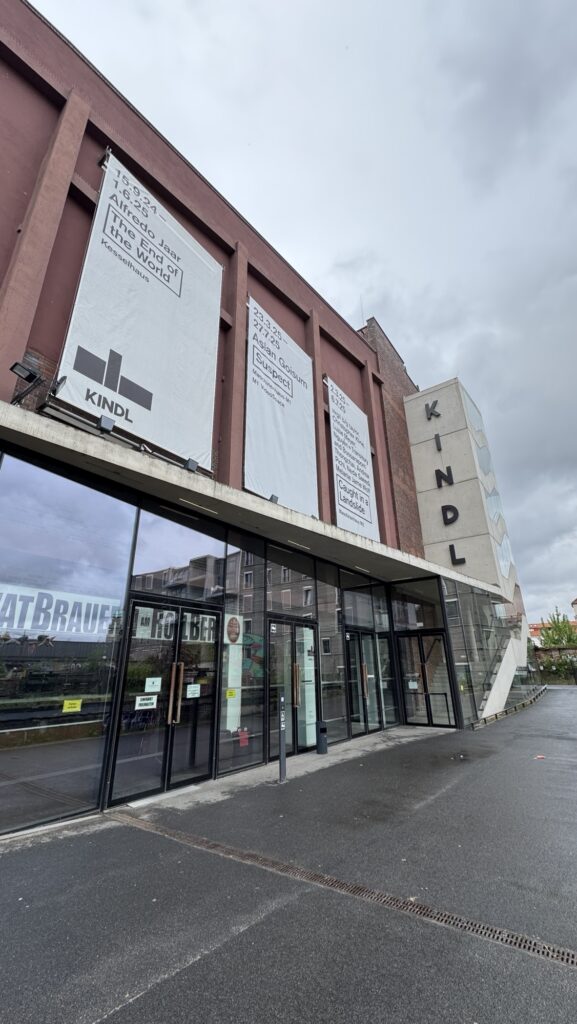
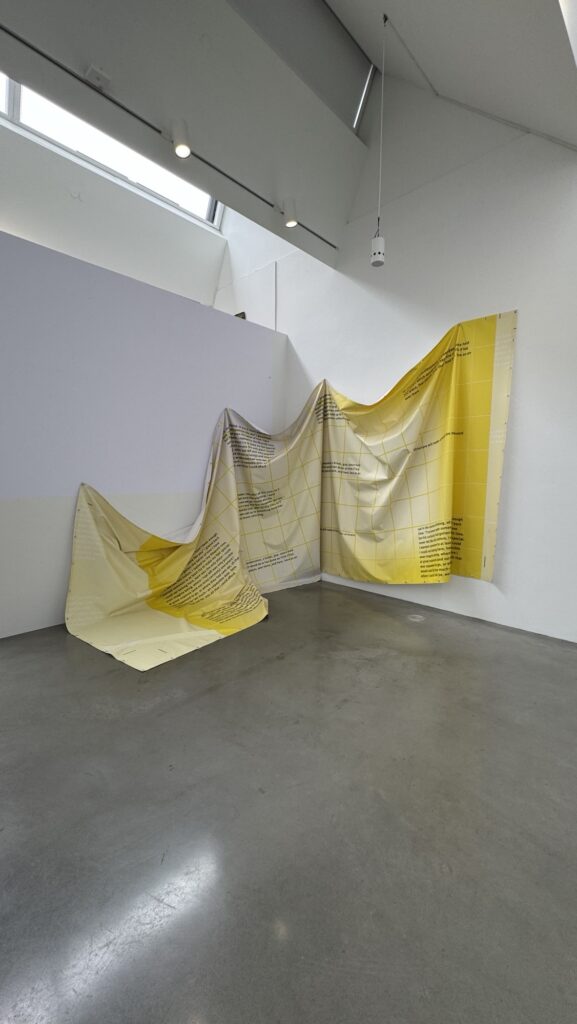
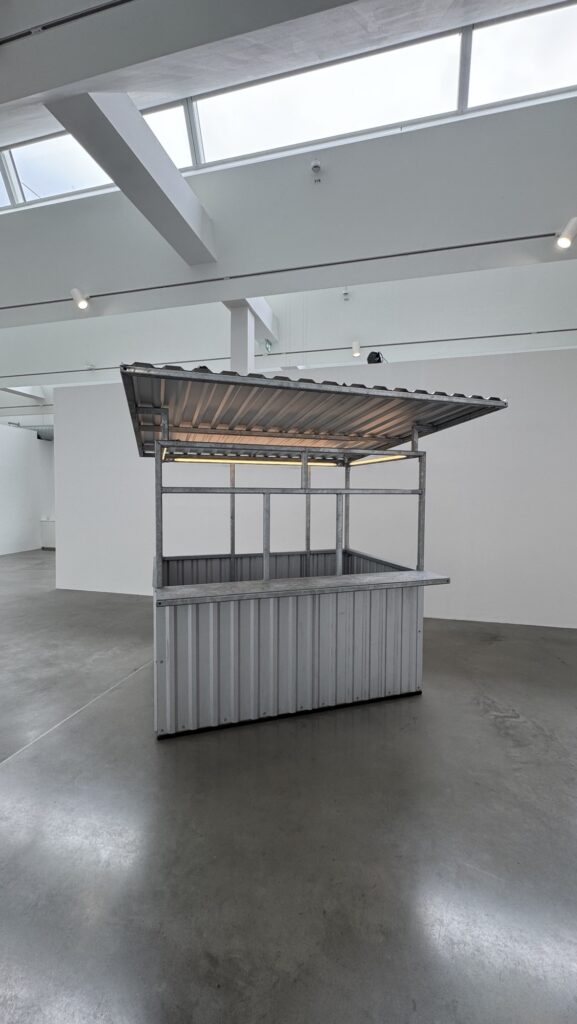
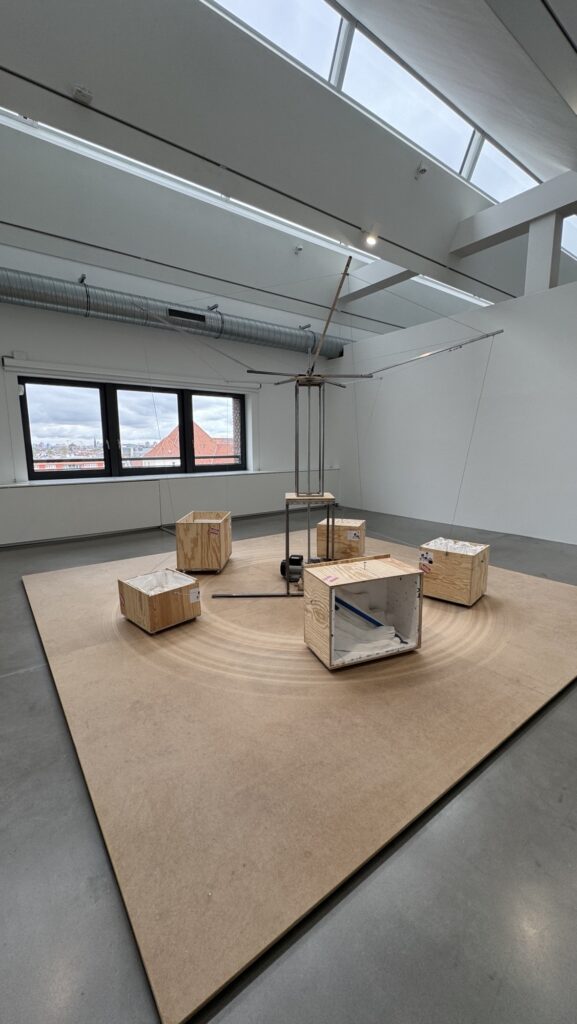

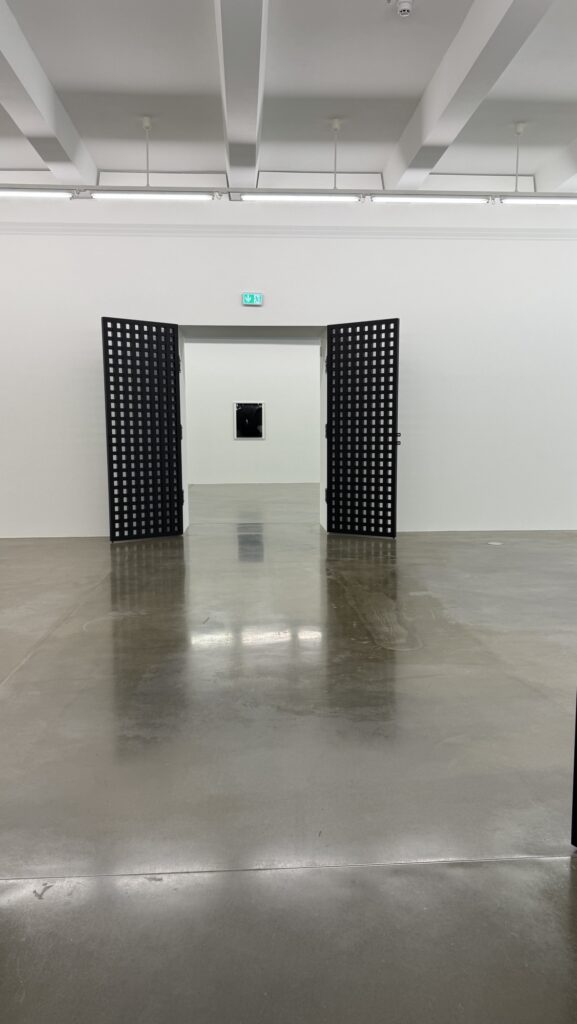
.
Berlin Wall Memorial | Gedenkstätte Berliner Mauer
The Berlin Wall Memorial is the main commemorative site dedicated to the division of Berlin and the victims of the Wall. Located along Bernauer Straße, it stretches for 1.4 kilometers along the former border between East and West Berlin.
This location is especially significant because, during the Wall’s construction in 1961, many people attempted to escape through the windows of buildings overlooking the street — often with tragic outcomes.
📍 Berlin Wall Memorial, Bernauer Straße 111 Berlin
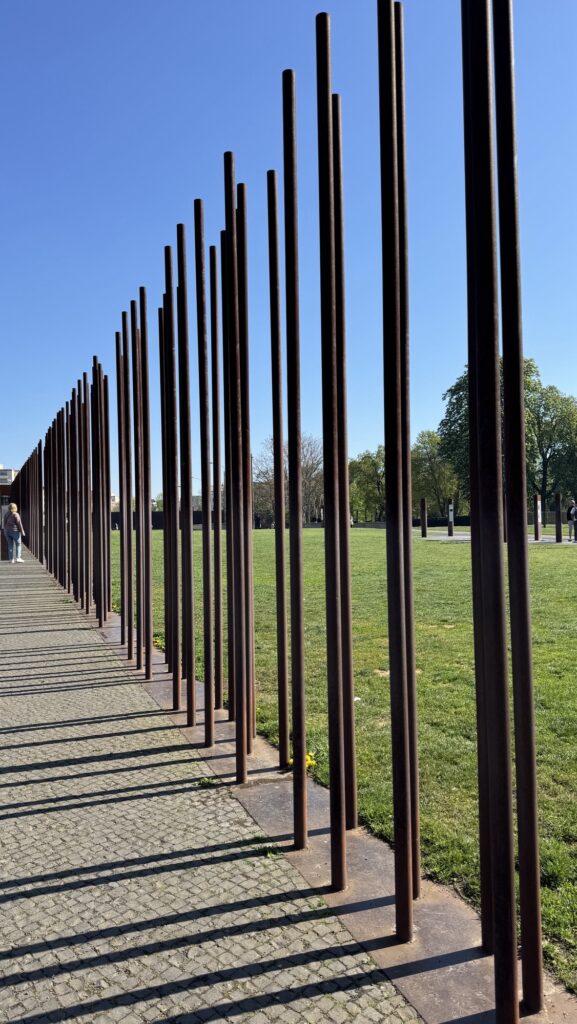

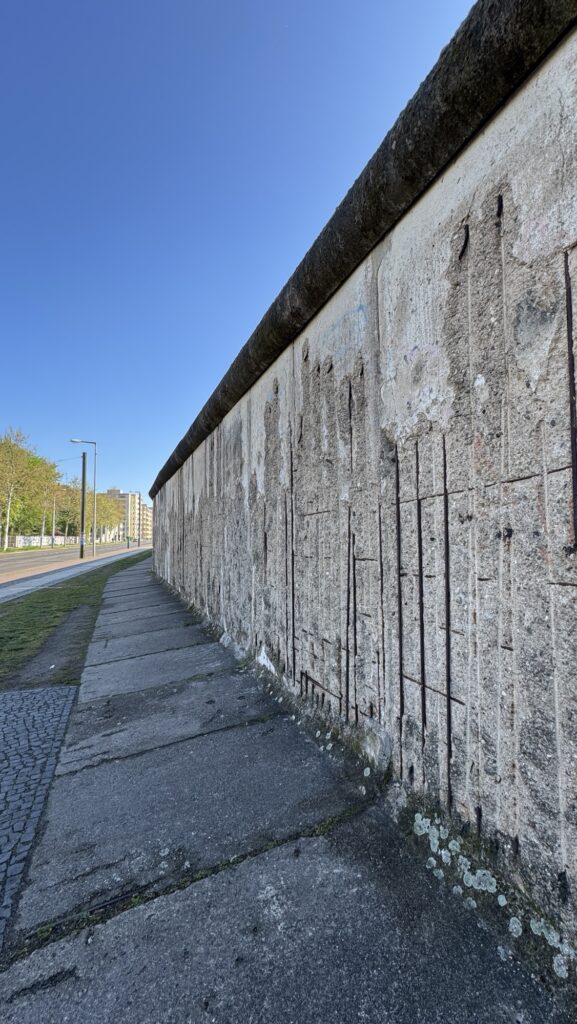
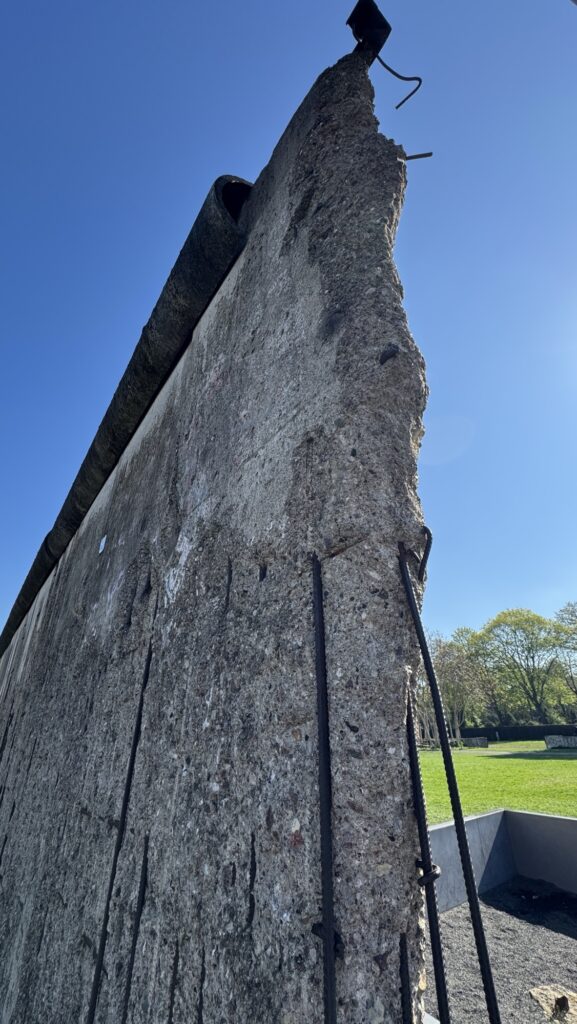
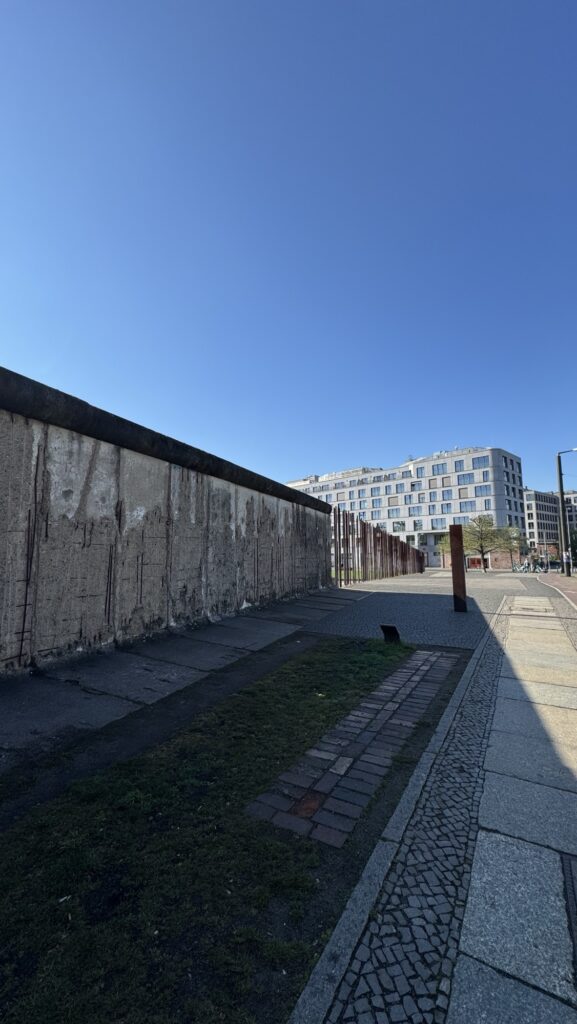
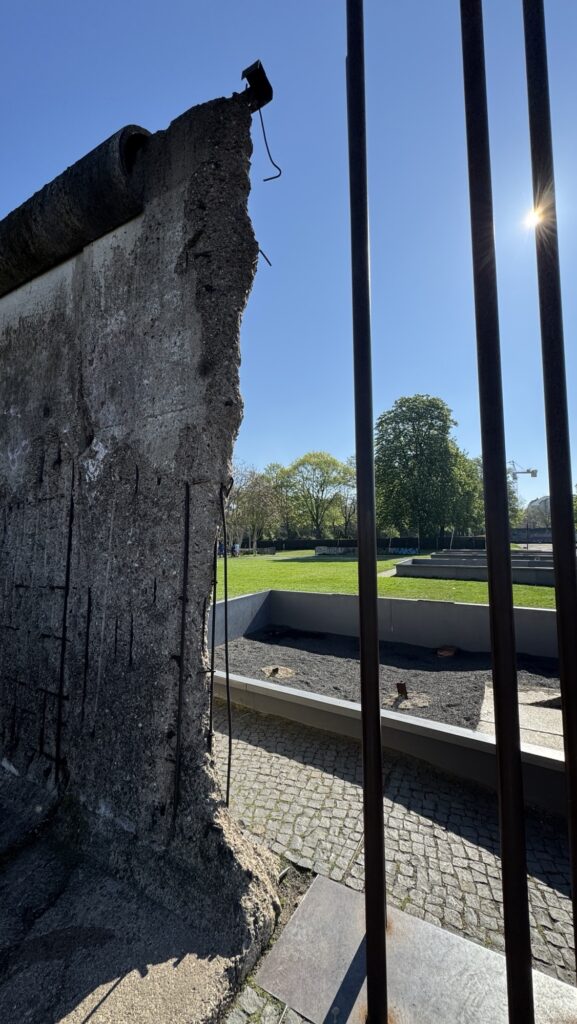
.
Tchoban Foundation Museum für Architekturzeichnung
The Tchoban Foundation – Museum for Architectural Drawing is a private museum in Berlin dedicated to the art of architectural representation. Founded by architect Sergei Tchoban in 2013, the museum houses a collection of architectural drawings spanning from the 16th to the 21st century, with a special focus on Russian Constructivists.
The building itself is a distinctive architectural piece, designed by Sergei Tchoban and Sergey Kuznetsov. Featuring a concrete façade decorated with enlarged reliefs of architectural sketches and a glass upper volume, the design embodies the museum’s mission to celebrate architectural drawing.
📍 Tchoban Foundation, Christinenstraße 18a Berlin
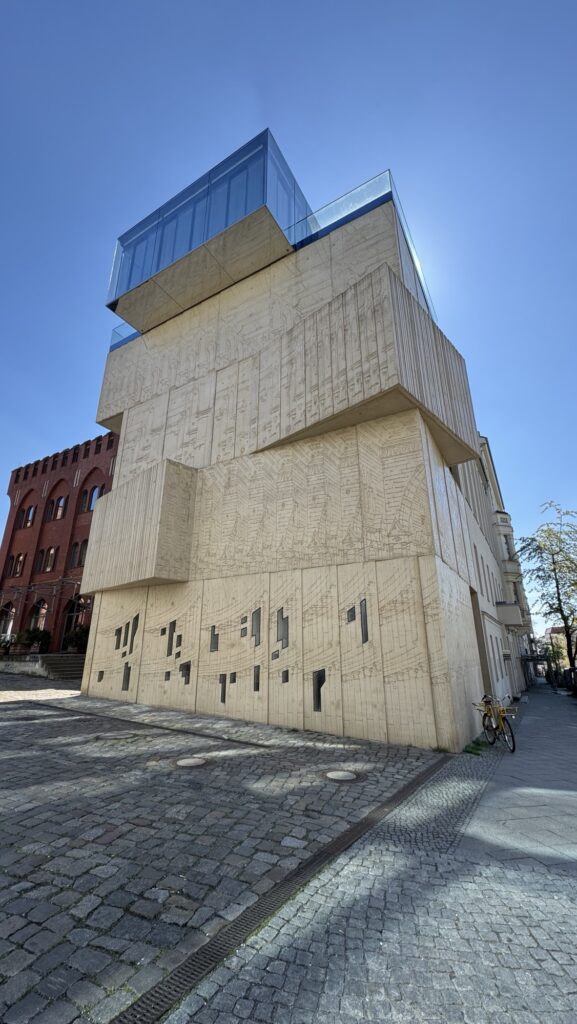
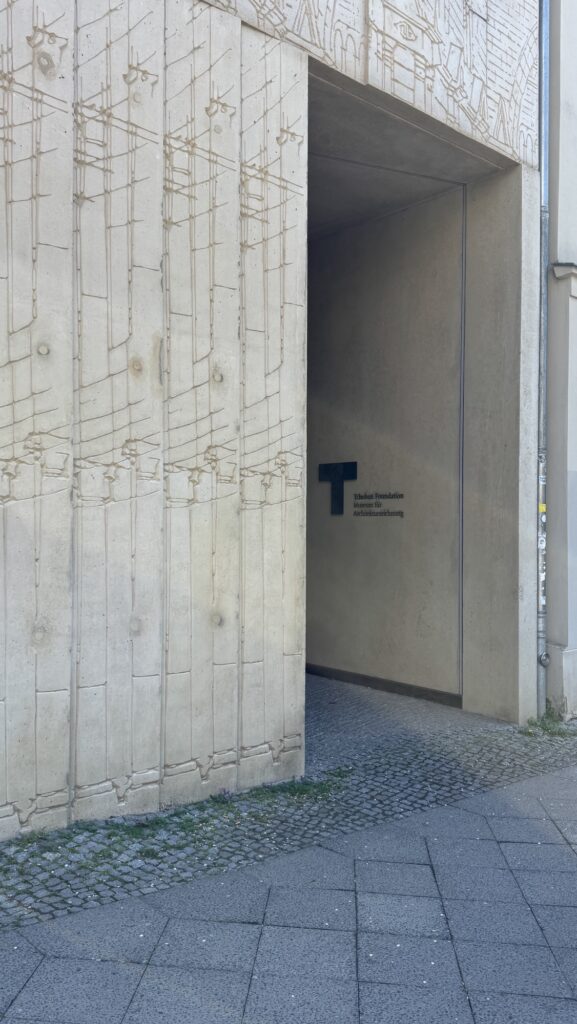
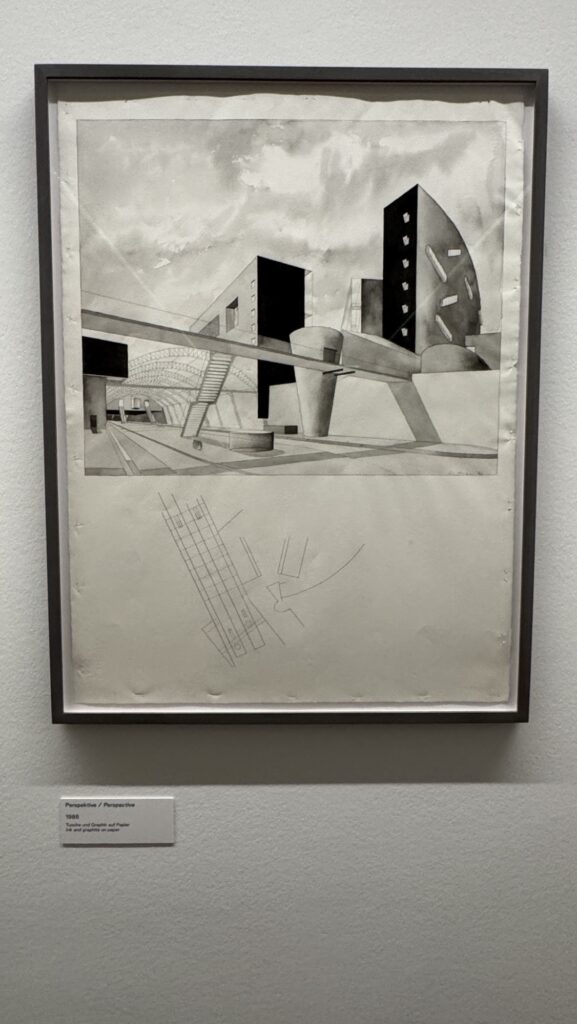
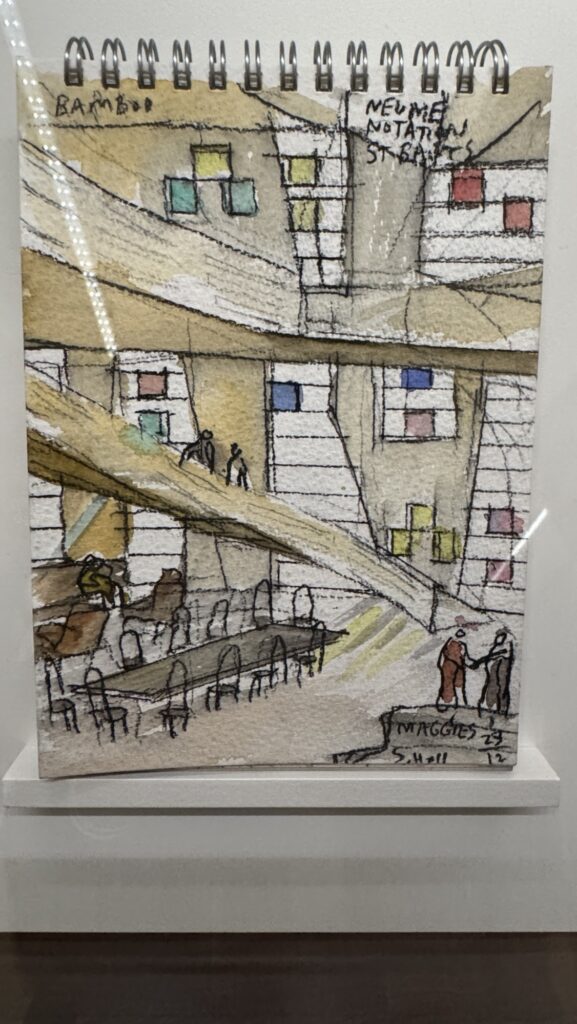
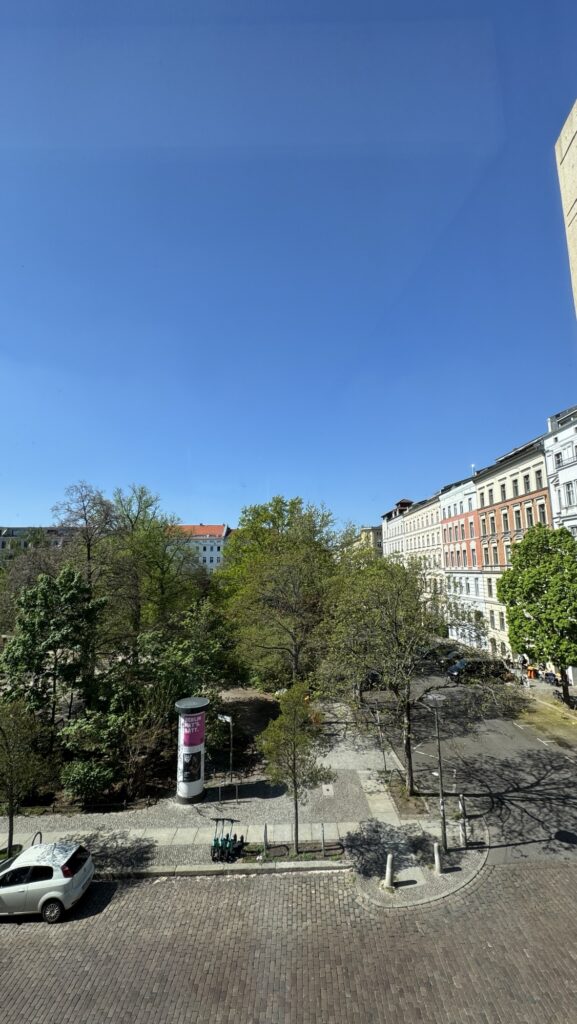
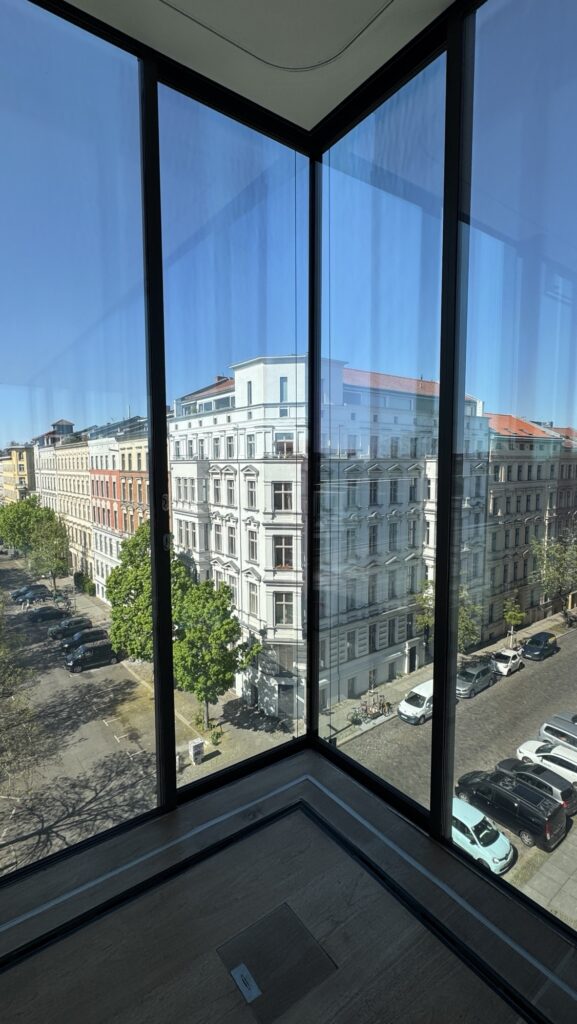
.
Haus Schwarzenberg
Tucked away among Berlin’s more touristy streets, Haus Schwarzenberg is one of Mitte’s best-kept secrets. This seemingly ordinary courtyard bursts with street art, graffiti, installations, and underground creativity. Every wall tells a story, and it’s considered one of the last non-commercial spaces in the city center.
In the 1990s, after the fall of the Wall, the complex was taken over by artists and activists who wanted to create an alternative cultural refuge. Today, Haus Schwarzenberg still radiates that spirit of creative resistance, offering galleries, studios, and a small independent cinema. It’s the perfect place to discover Berlin’s most authentic and rebellious soul.
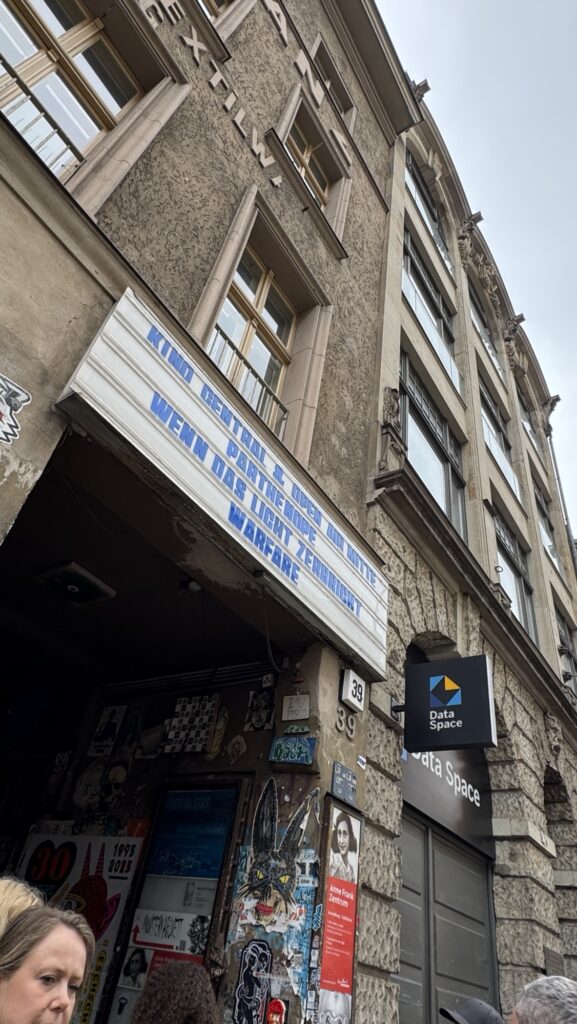


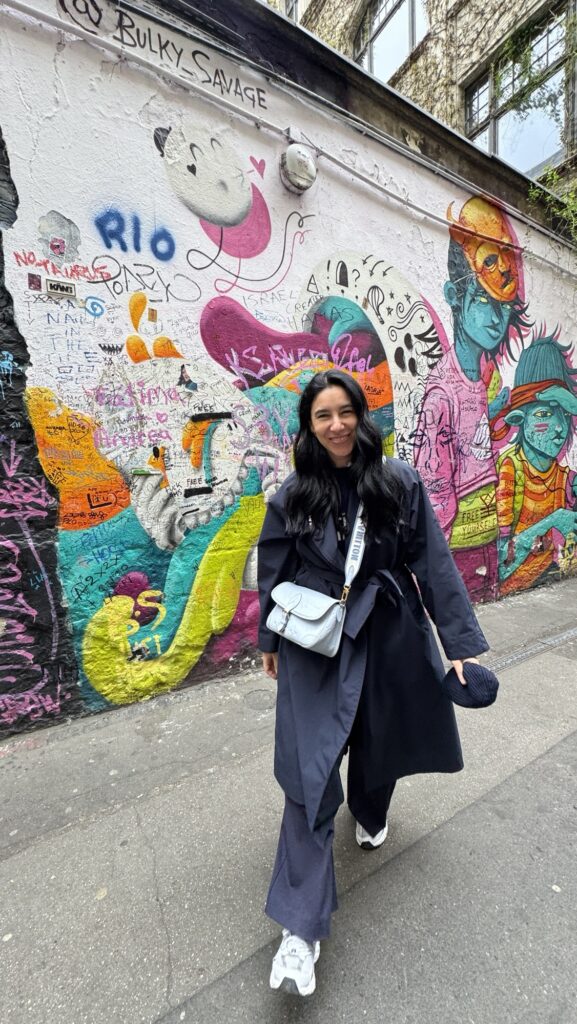

.
Anne Frank Zentrum
Connected to Haus Schwarzenberg through a small courtyard, the Anne Frank Zentrum is an intimate and poignant space that tells the story and legacy of the young Jewish girl who became a symbol of Holocaust memory. The museum is small but deeply emotional: at the heart of the exhibition is a parallel narrative between Anne’s story and Berlin under the Nazi regime.
There is an original copy of Anne’s diary, alongside a timeline linking her words to the historical events unfolding at the time. But it’s not just about the past: the center also hosts current testimonies from young people who are fighting against racism and intolerance, making the visit not only a reflection on history but also a call to action for the present.
📍 Anne Frank Zentrum | Rosenthaler Str. 39 Berlin
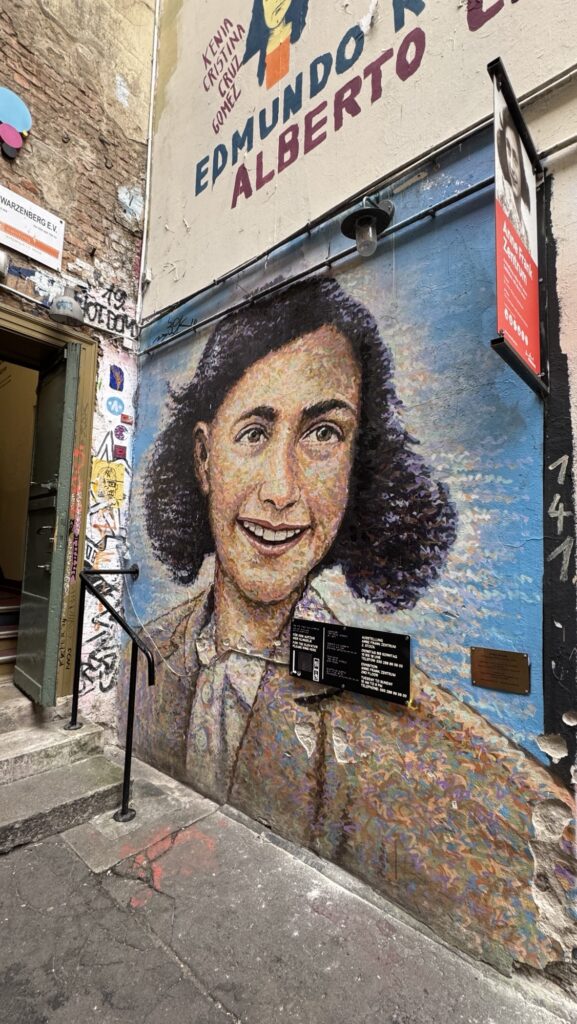
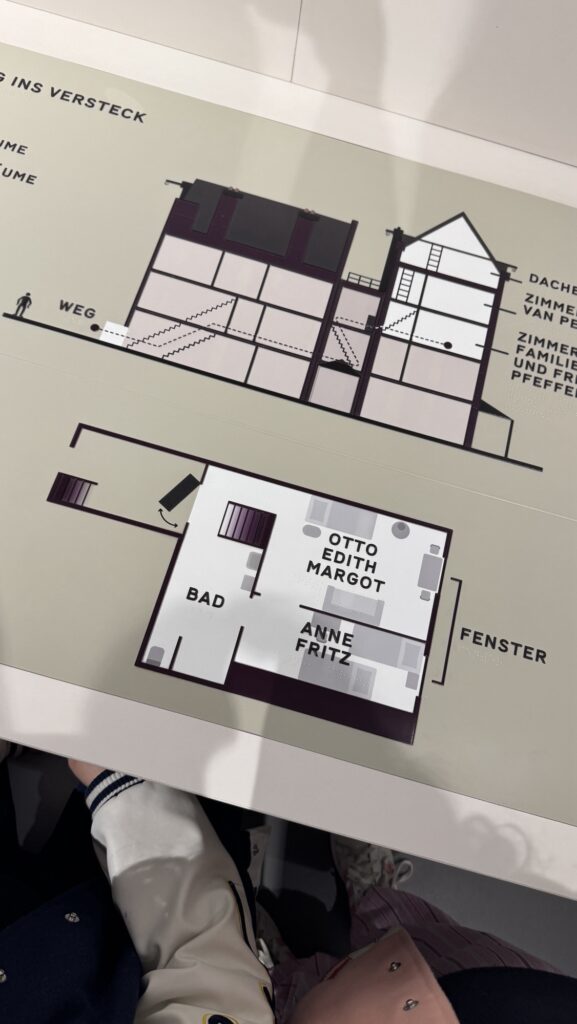
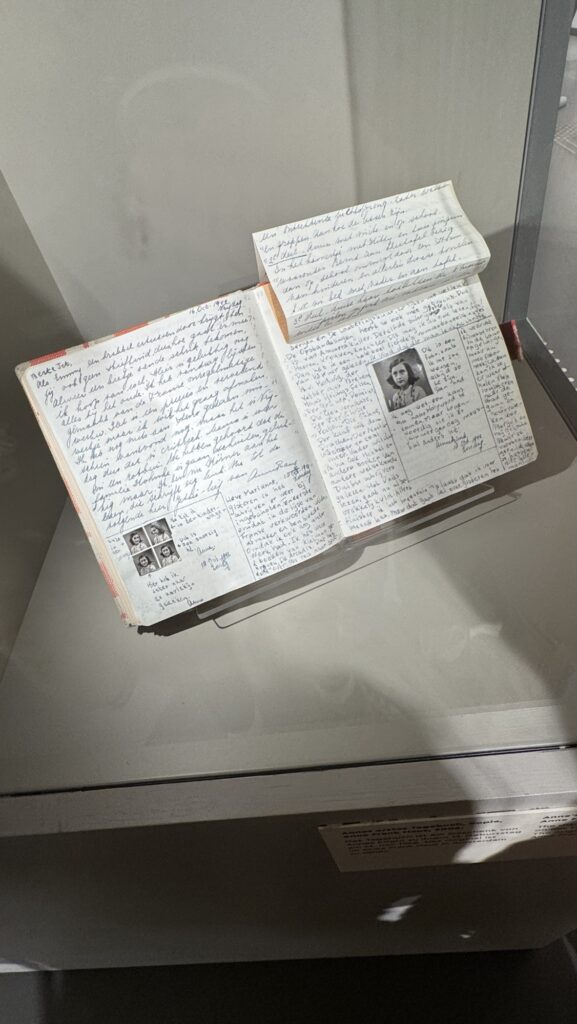
.
Isola dei Musei
Museumsinsel (Museum Island) is a museum complex located in the heart of Berlin, on the Spree Island. A UNESCO World Heritage site, it is home to five internationally renowned museums:
- Altes Museum: Designed by Karl Friedrich Schinkel in 1830, it is one of the world’s first public museums. It houses collections of Greek and Roman art, including the famous Boy in Prayer.
- Neues Museum: Reconstructed by David Chipperfield after the damage of World War II, it is home to the iconic Bust of Nefertiti and the Berlin Golden Hat.
- Alte Nationalgalerie: Opened in 1876, it displays works by artists such as Caspar David Friedrich and Manet.
- Bode-Museum: Located at the northern end of the island, it holds a collection of sculptures from the Middle Ages to the 19th century, Byzantine art, and an extensive numismatic collection. The building alone is worth the ticket price—don’t miss it!
- Pergamonmuseum: Famous for the Pergamon Altar and the Ishtar Gate, the museum is currently undergoing renovation, with a partial reopening scheduled for 2027.
To enhance access and connectivity between the museums, the James-Simon-Galerie, designed by David Chipperfield, serves as the central entrance and additional exhibition space.
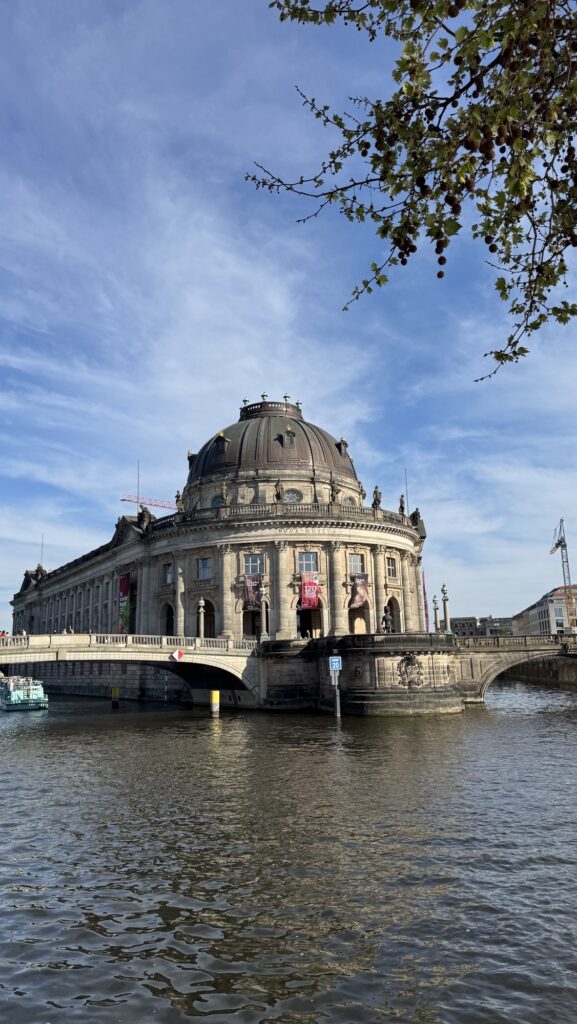
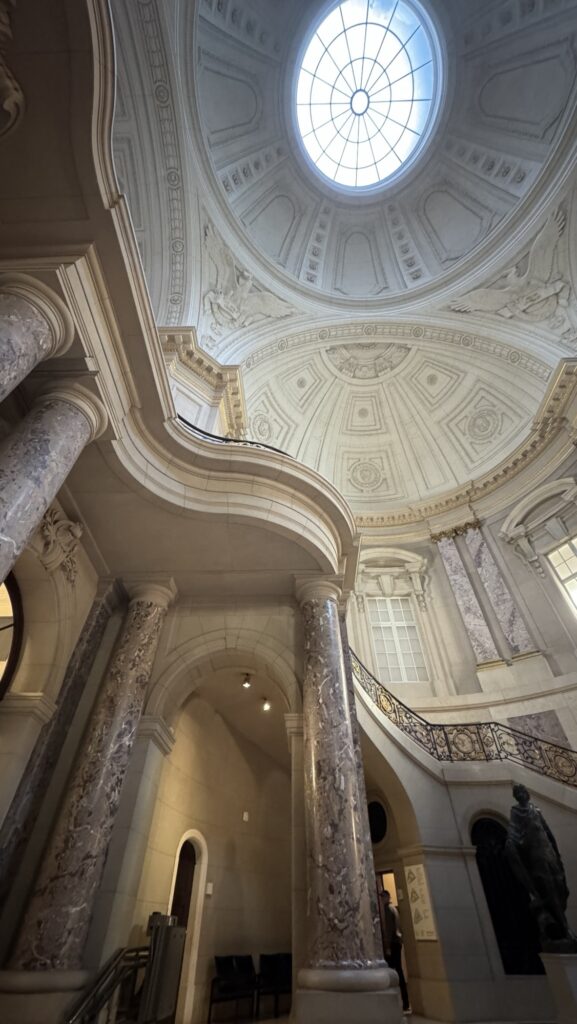
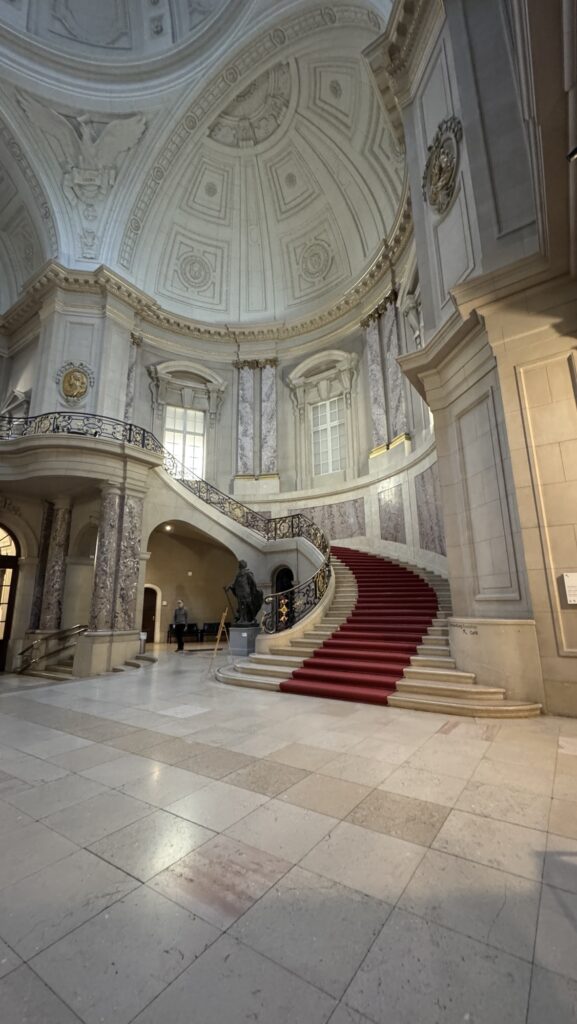
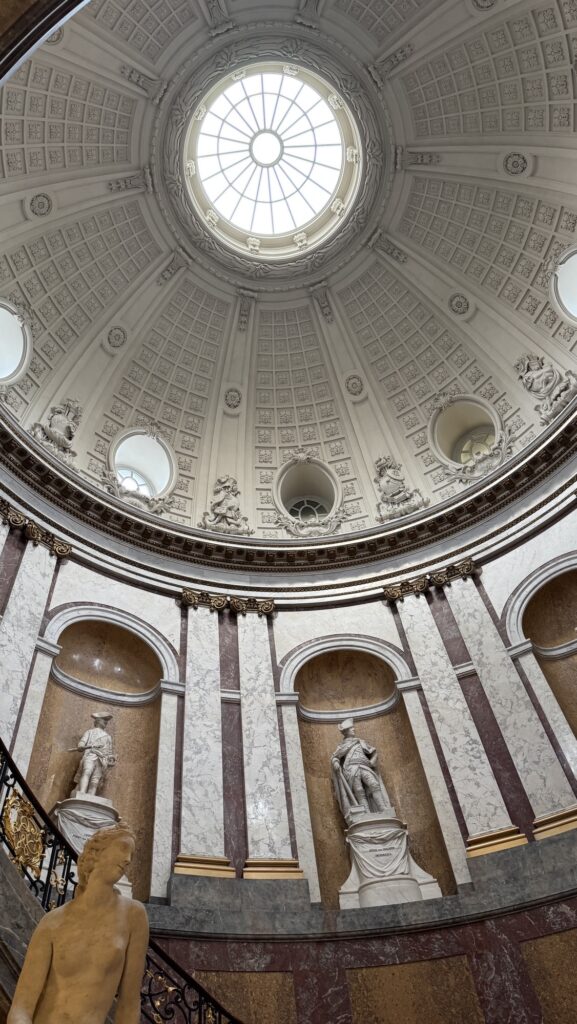
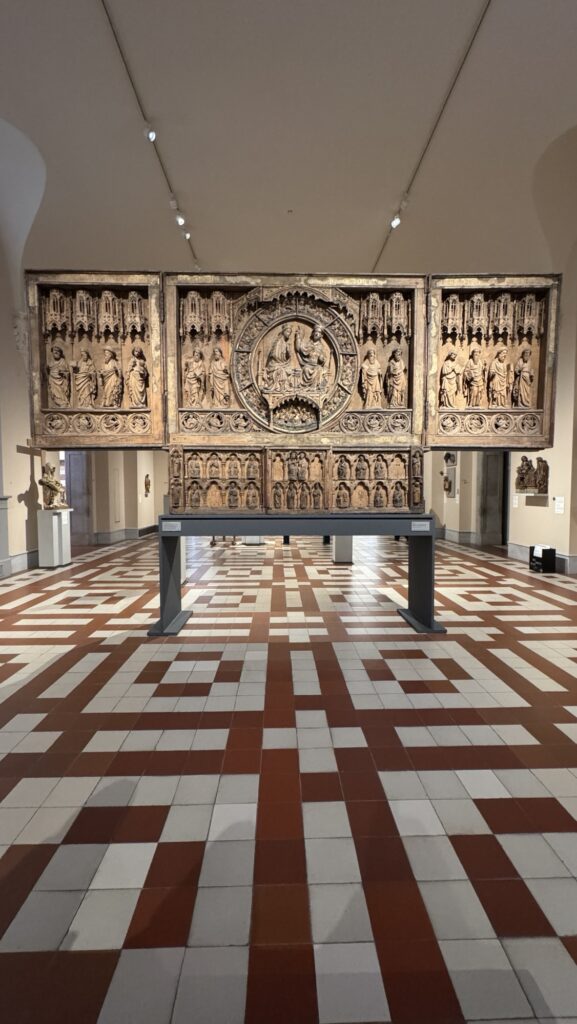
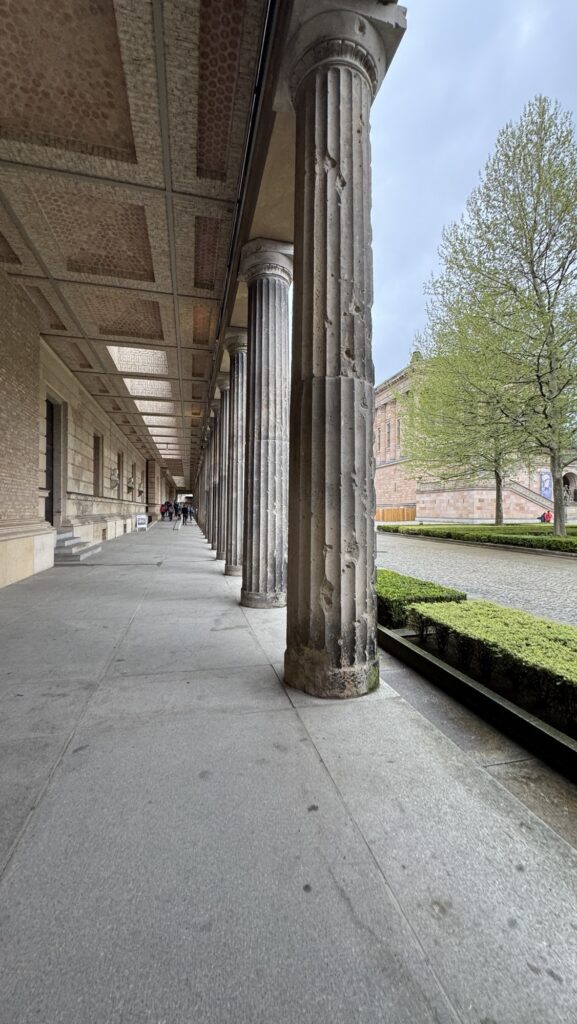
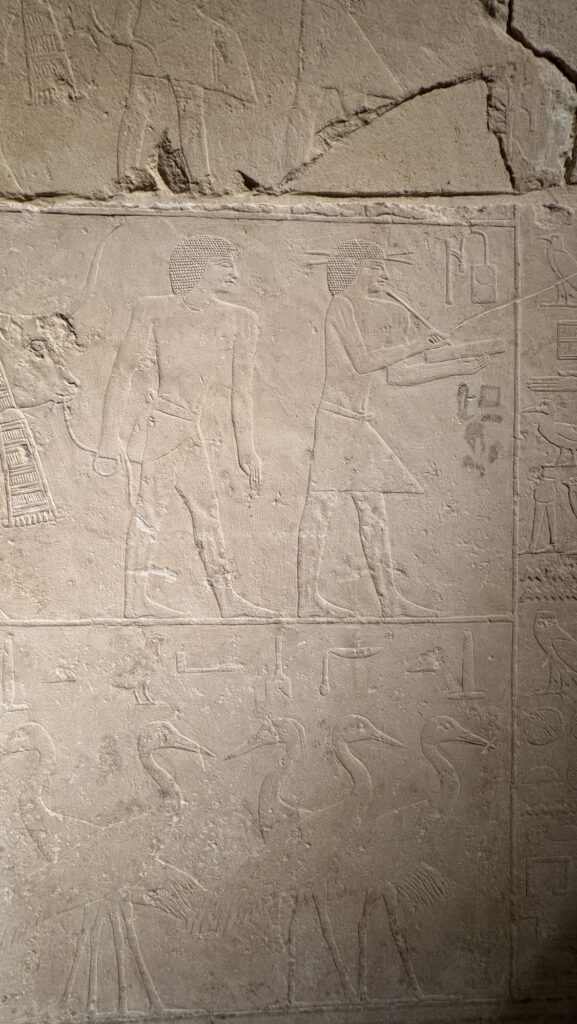

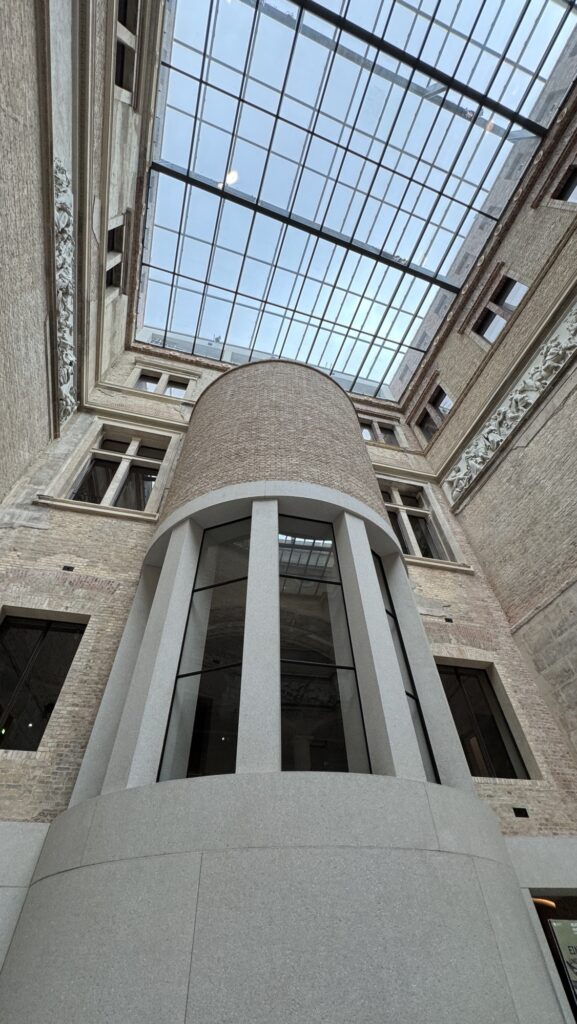
.
DDR Museum
Small but incredibly rich, the DDR Museum is one of the most interactive in Berlin and the only one open after dinner! Here, you don’t just look—you touch, open, and try things. You can sit on a typical 1970s East German sofa, browse old newspapers, or even climb into a real Trabant, the famous car of the GDR. The museum has recreated a typical apartment from the socialist era, and among the original items, you’ll find counterfeit products used to imitate those from the West. It’s a genuine dive into a world that no longer exists but profoundly shaped German history.
📍 DDR Museum | 9-21.00
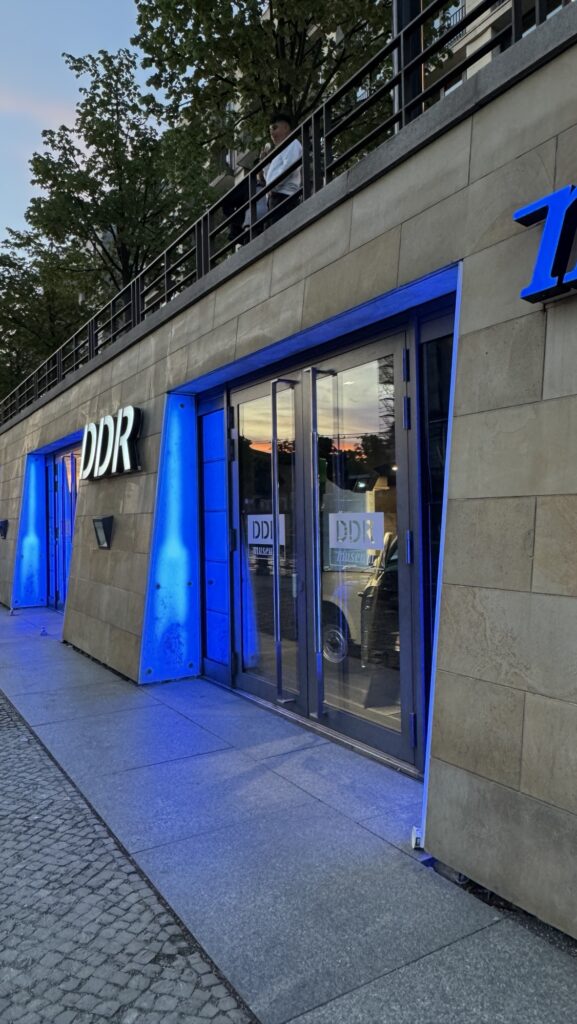
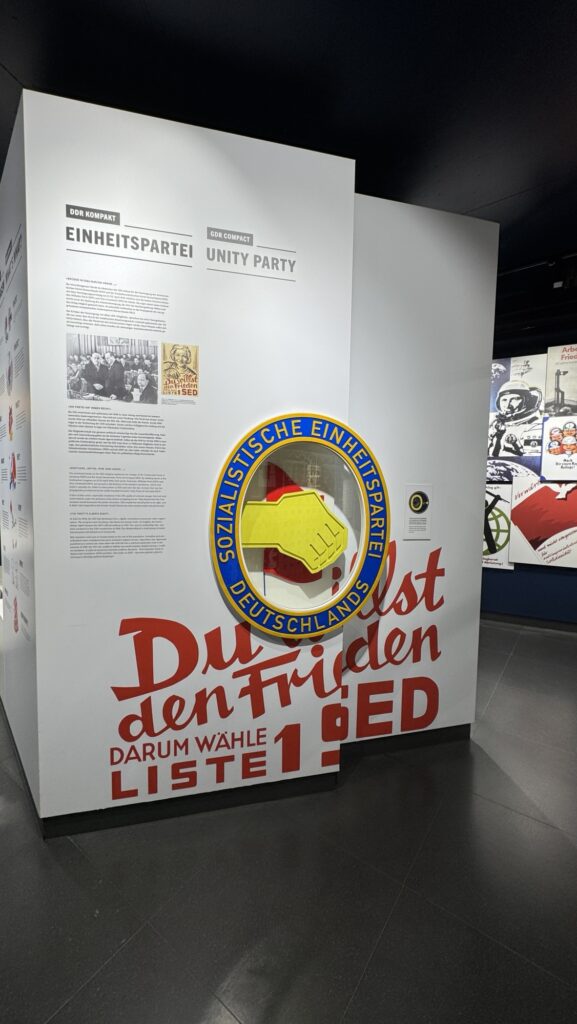
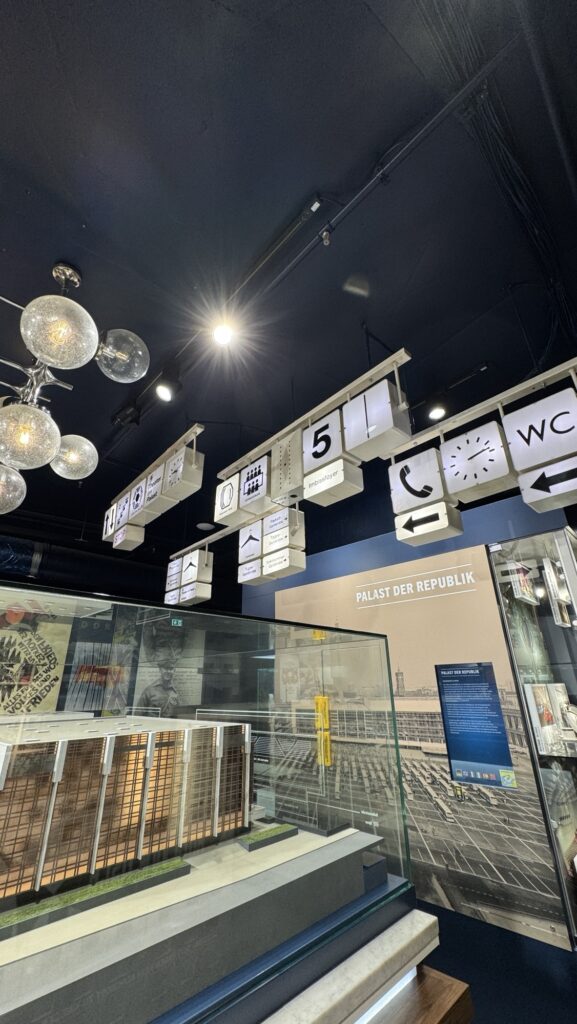
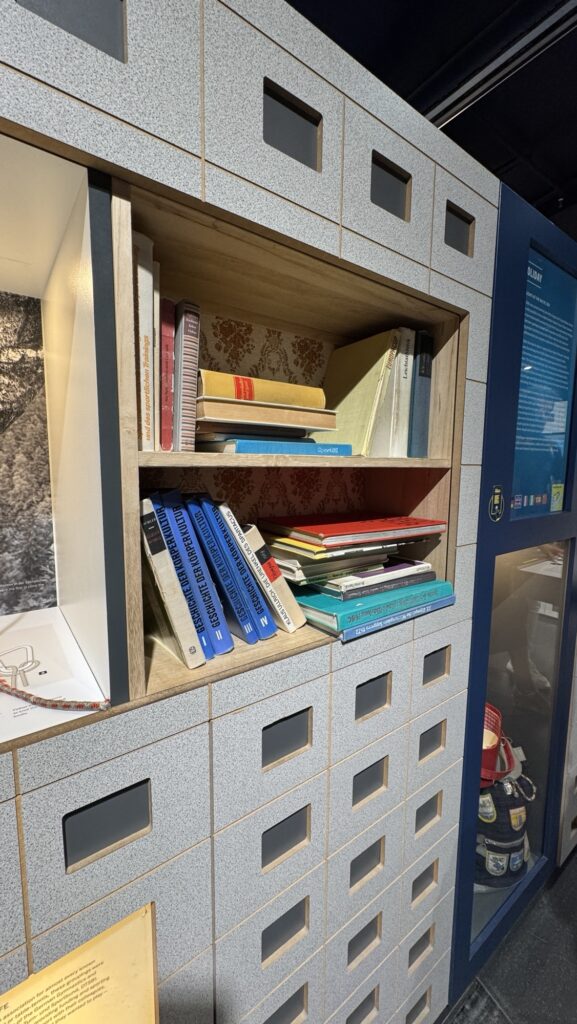
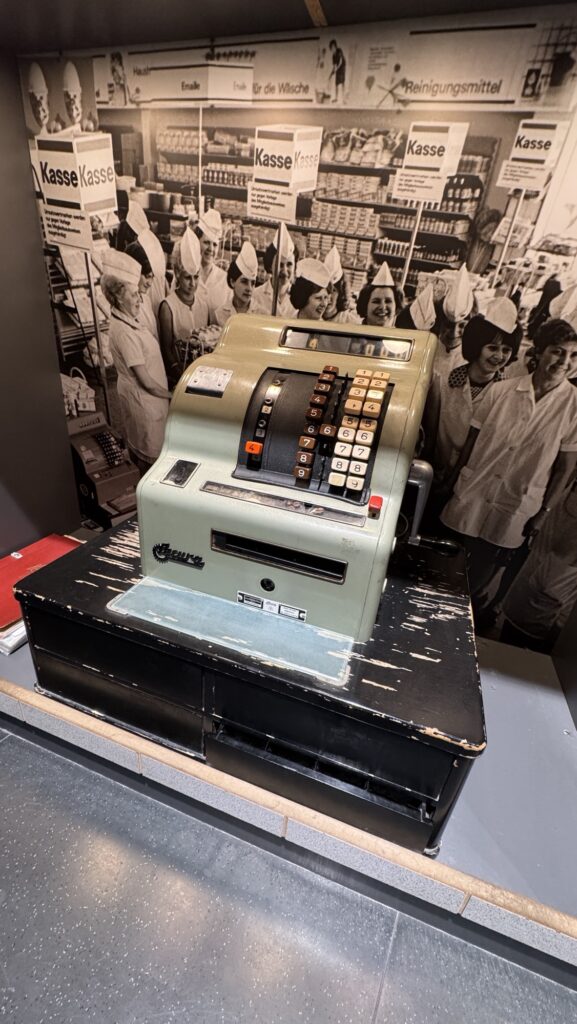
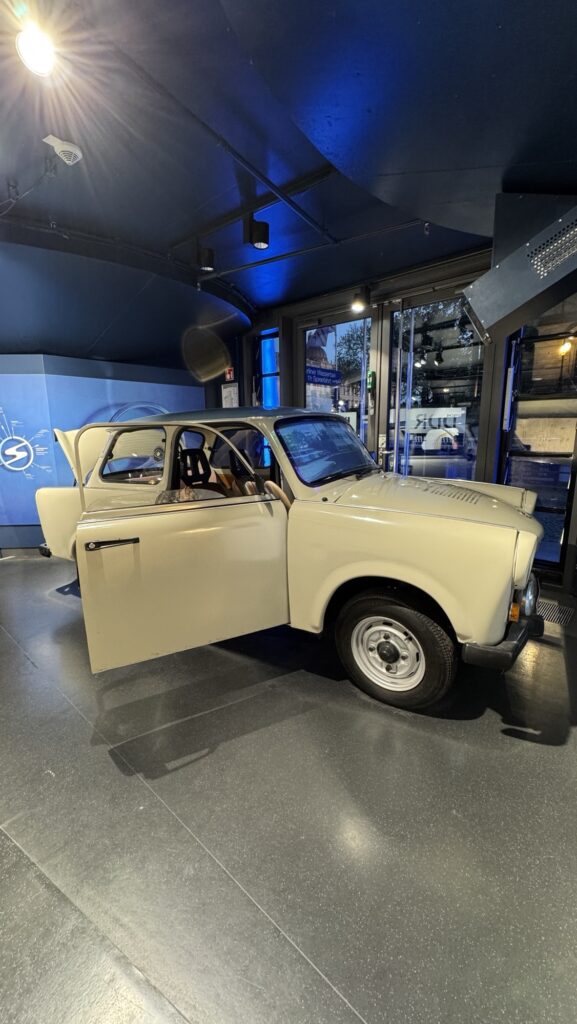
Immagini nell’articolo di Laura Renieri, foto di copertina Fionn Große | Tutti i diritti sono riservati
